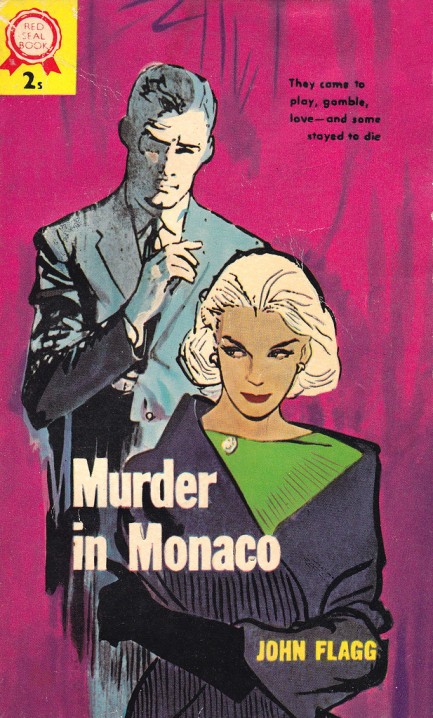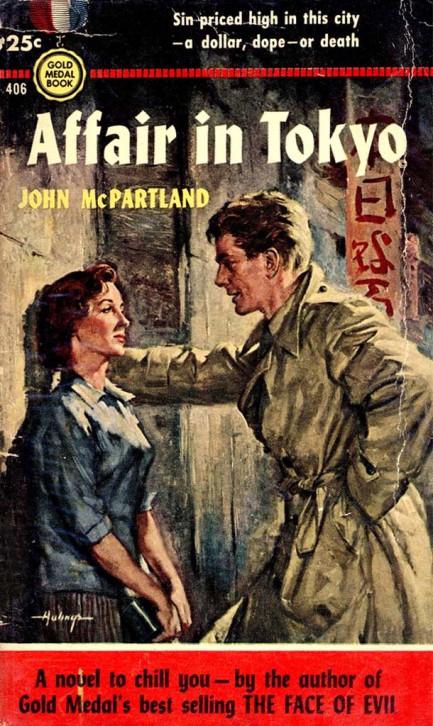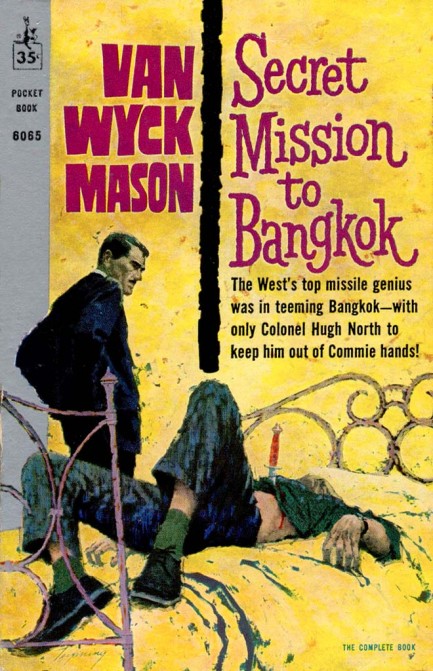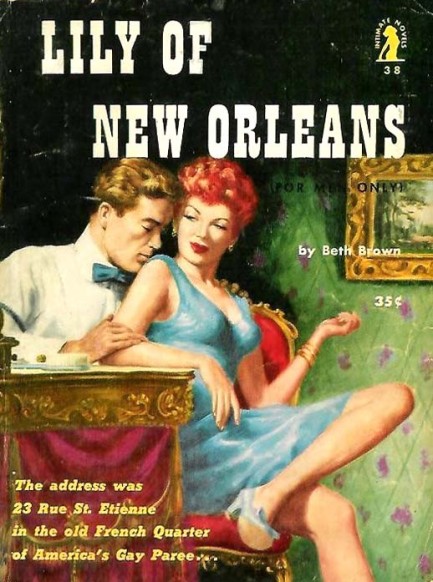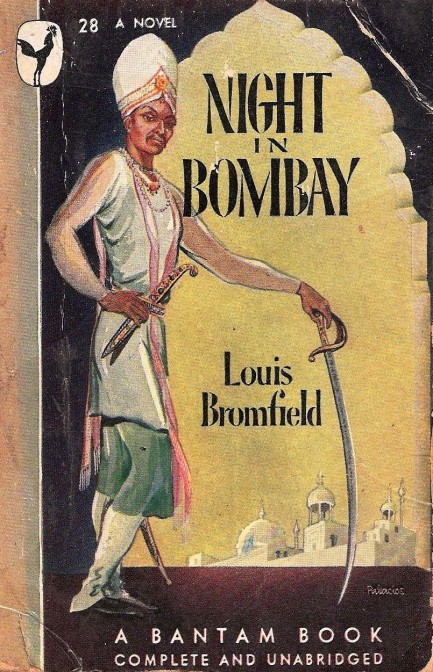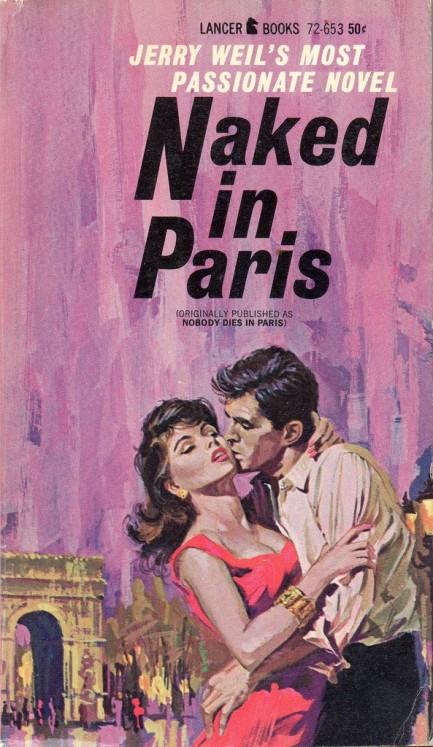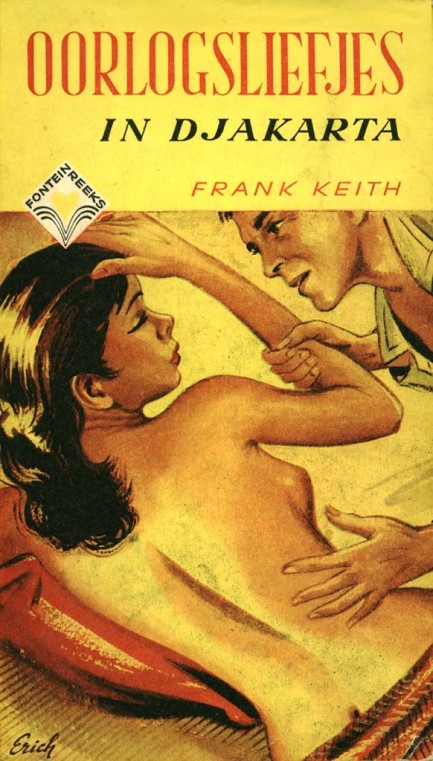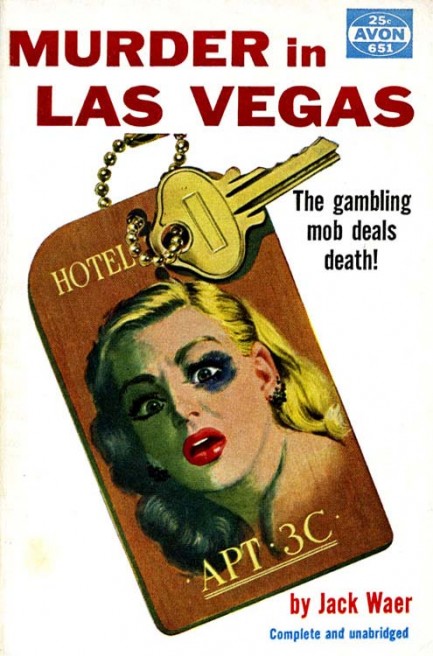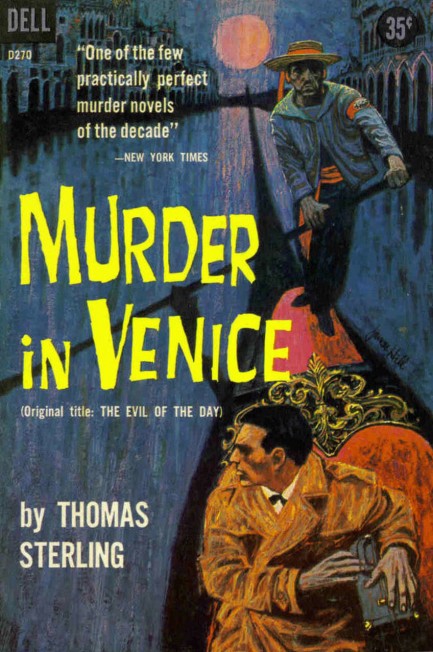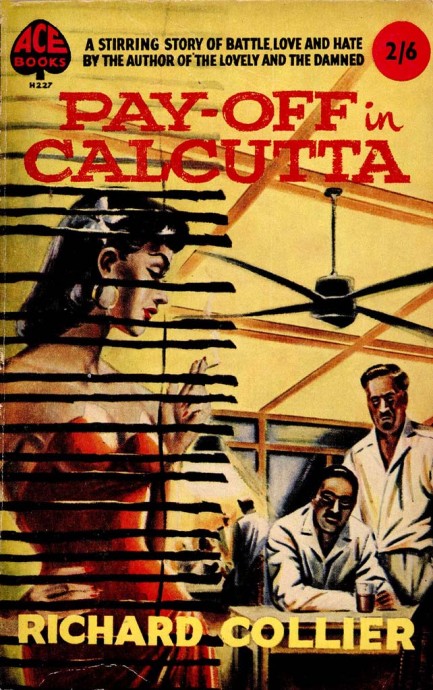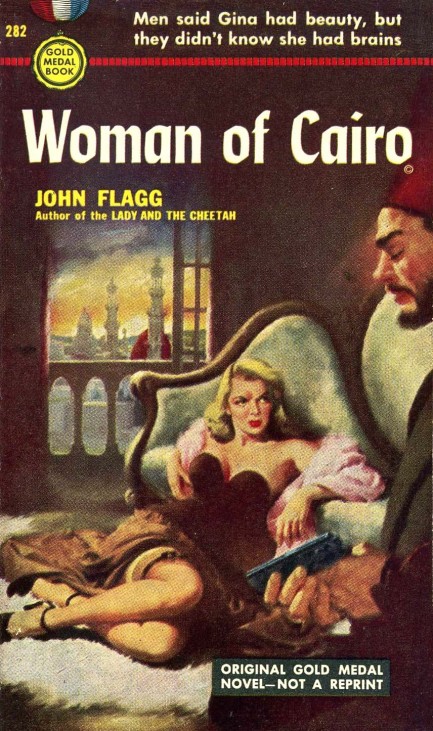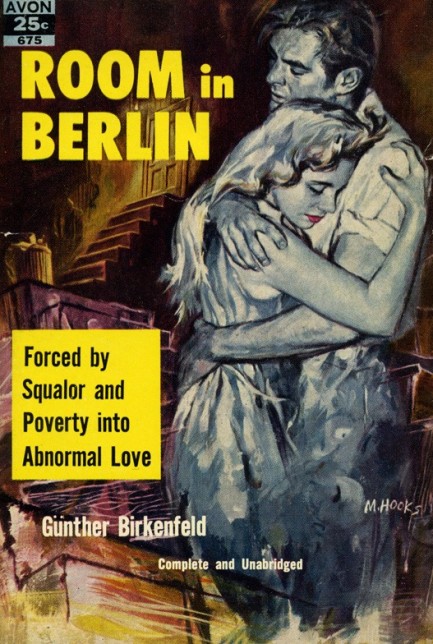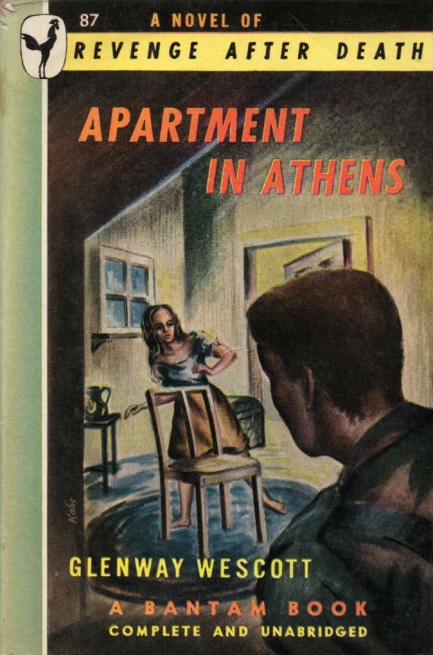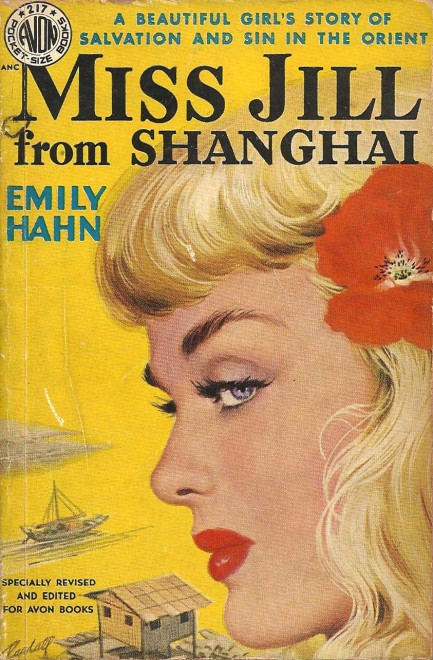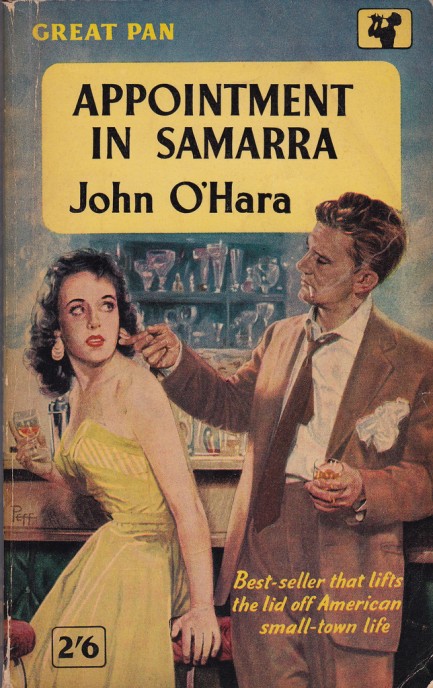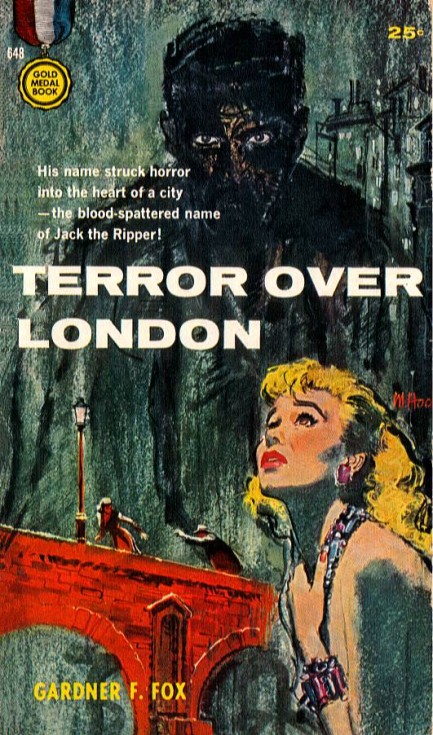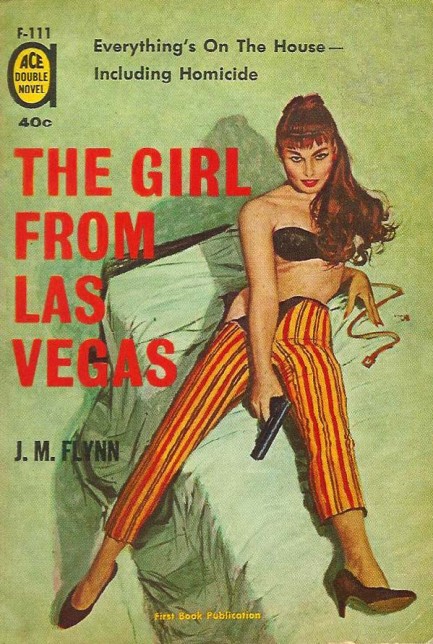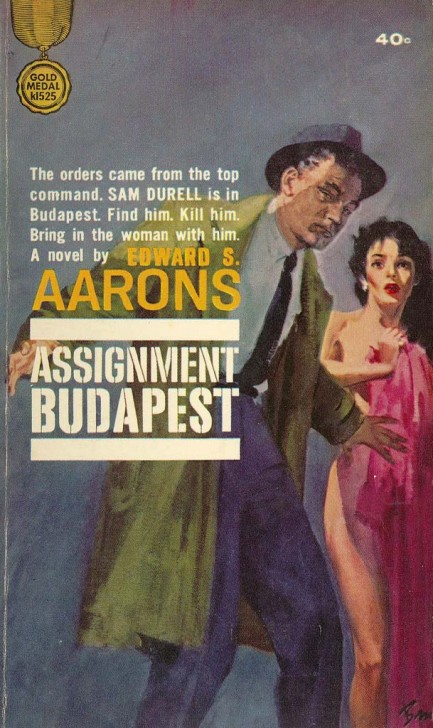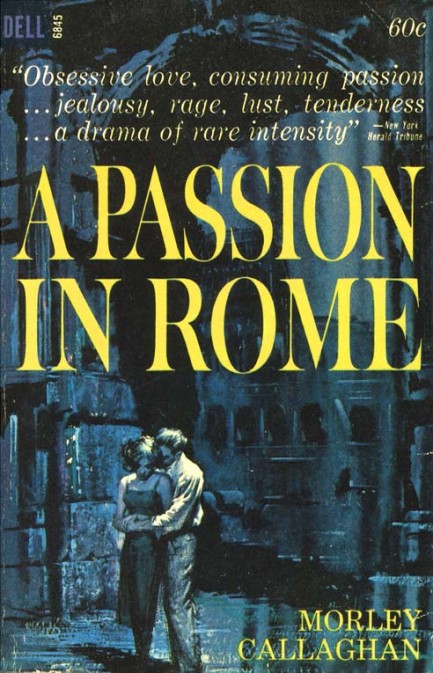| Vintage Pulp | Dec 9 2021 |

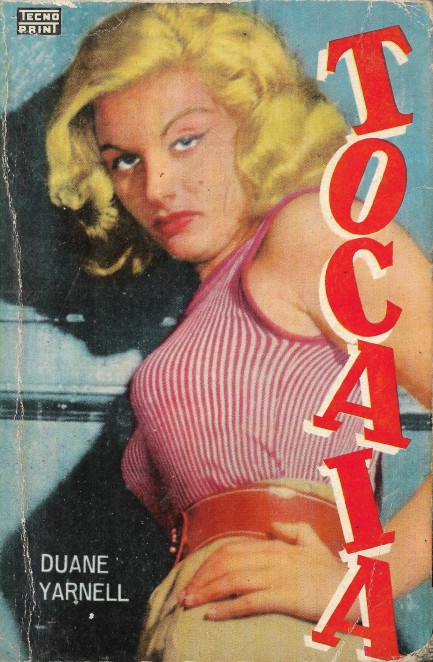
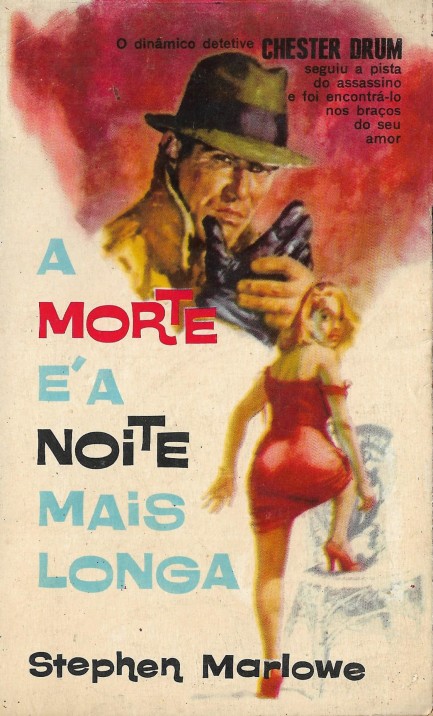
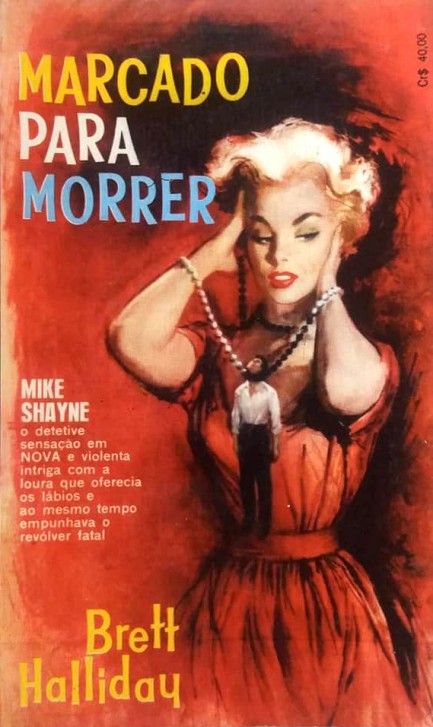
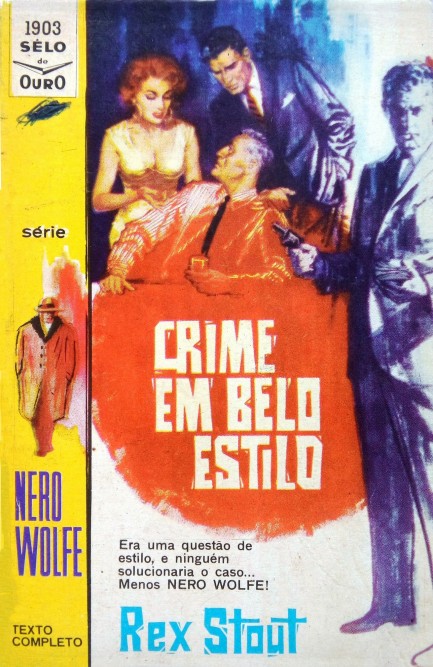
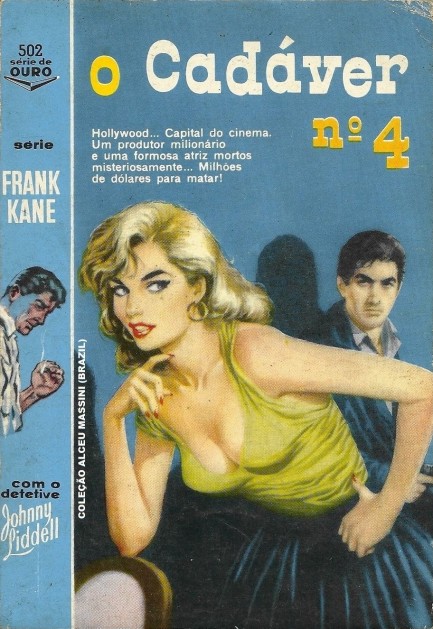


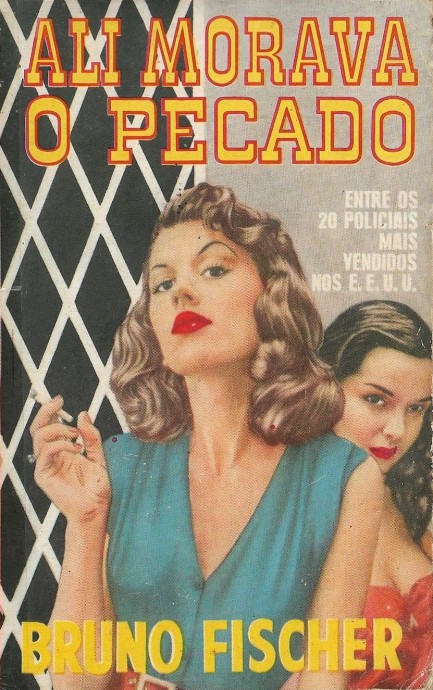
| Vintage Pulp | Oct 29 2019 |

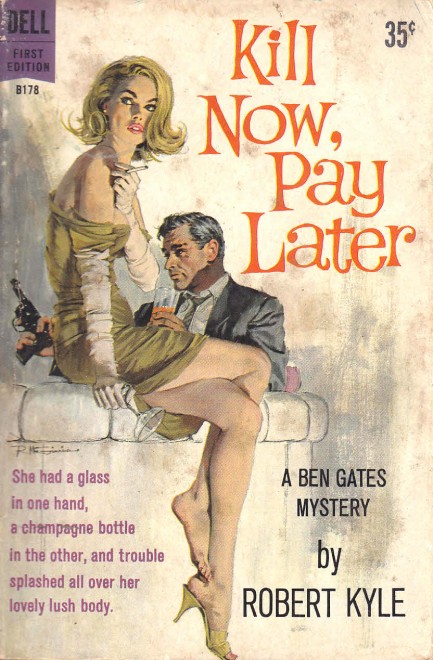
Could Robert Kyle's, aka Robert Terrall's, aka Brett Halliday's 1960 thriller Kill Now, Pay Later possibly be as good as its cover art? That's a big ask. Too big, really, though the book is pretty good. Kyle's franchise detective Ben Gates is hired to guard gifts at a high society wedding, but someone slips a mickey into his coffee and he's in la-la land while two murders and a robbery occur. As a matter of self preservation he has to solve the crimes or his chances of securing more work will be pretty slim. After all, who'd hire a detective that passes out on the job?
So Gates delves into the mystery, unravels a complicated plot, and handles the advances of three beautiful women. We think of these babe-magnet detectives as the male analogue to the dewy maidens of romance novels. As male wish fulfillment goes, Kill Now, Pay Later gets the job done, offering up a tough and competent protagonist and an engaging assortment of secondary personalities. This was third in the Gates series after Blackmail, Inc. and Model for Murder. We'll probably try to locate those. Kyle/Terrall/Halliday knows how to entertain a reader.
| Vintage Pulp | Mar 6 2019 |

This post was long overdue. Most pulp oriented websites do a collection of covers that have the word wanton in the title, so we're following suit. Basically because we couldn't think of anything else to do today. Numerous examples below. Enjoy.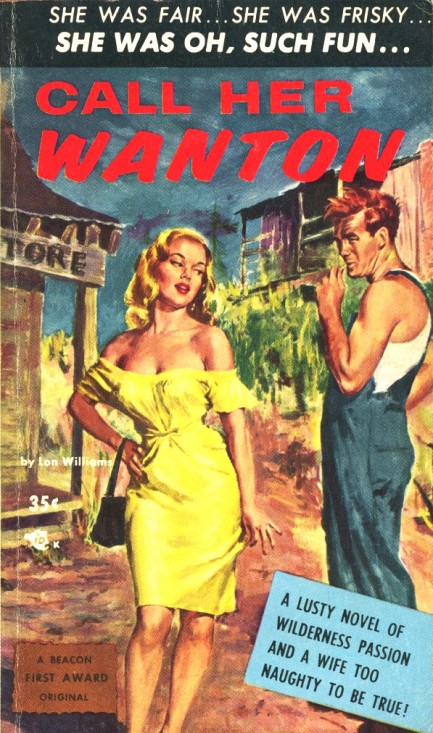
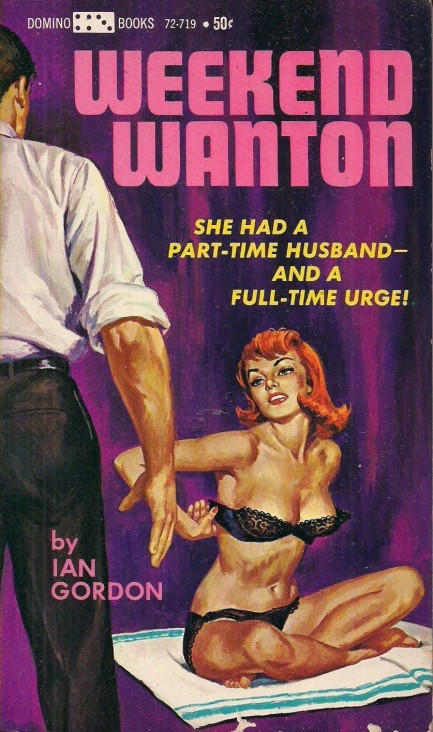
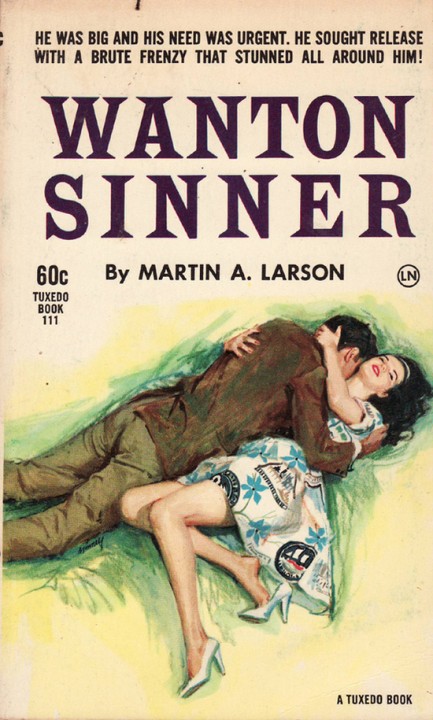
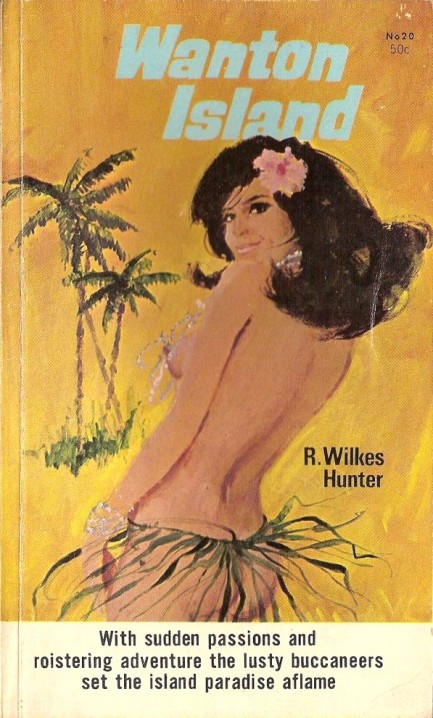
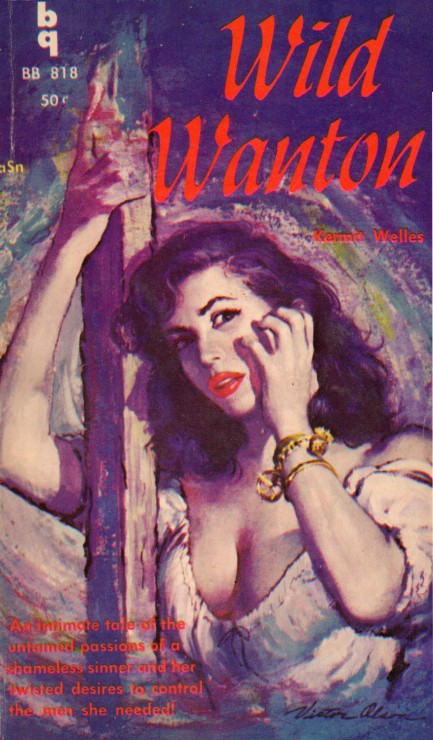
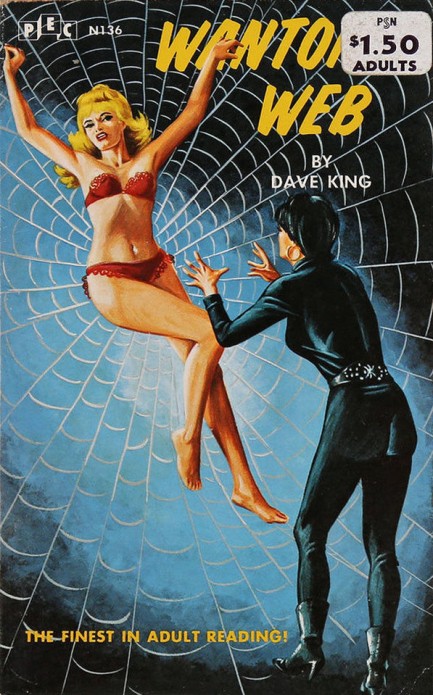
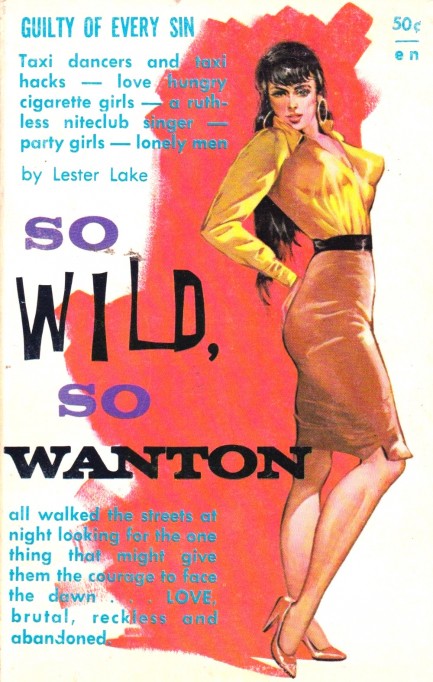
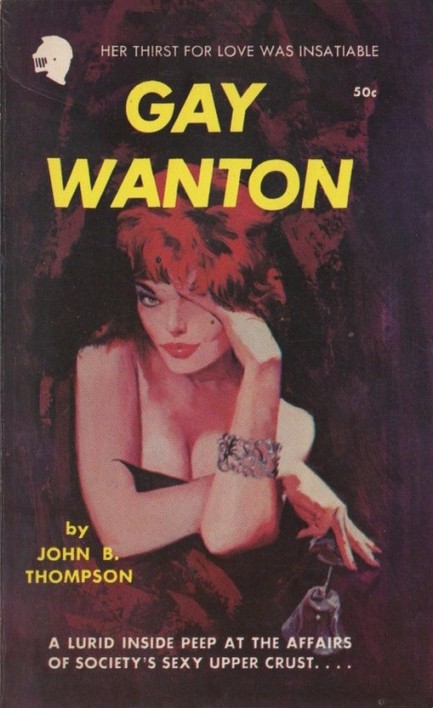
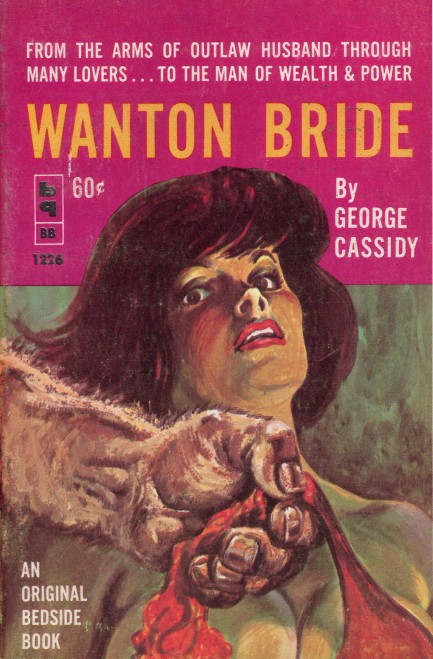
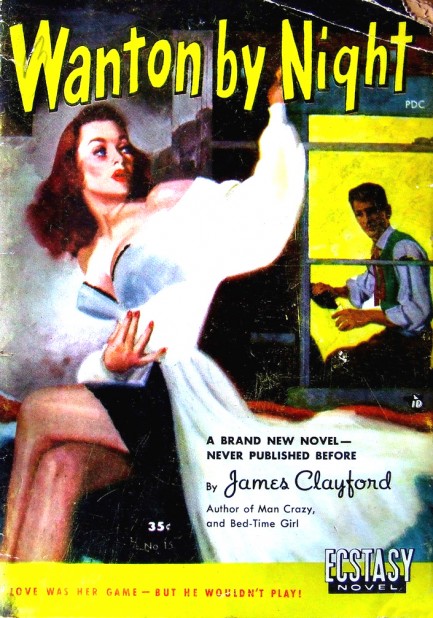
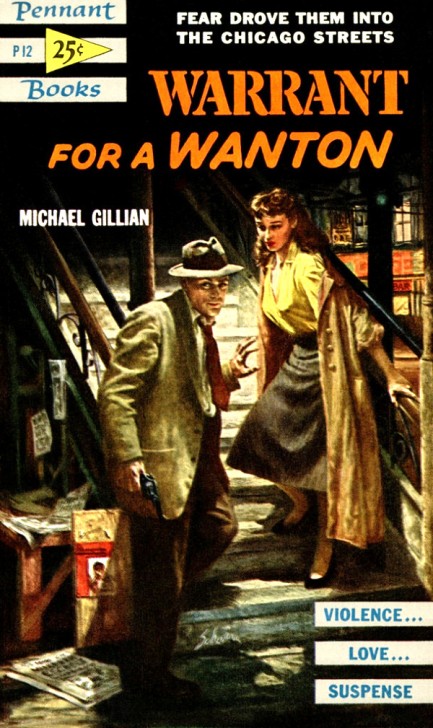
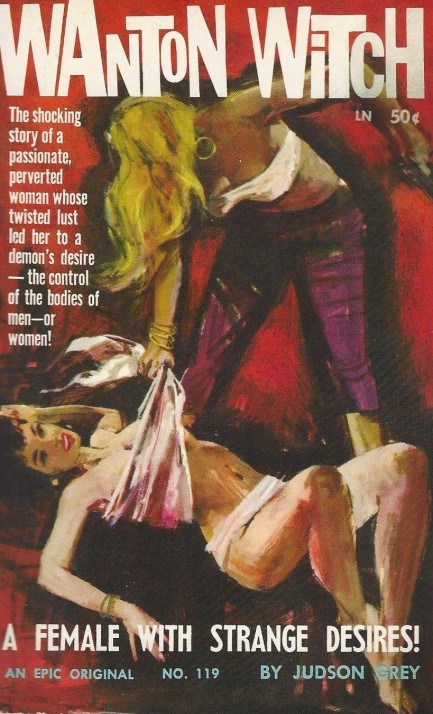
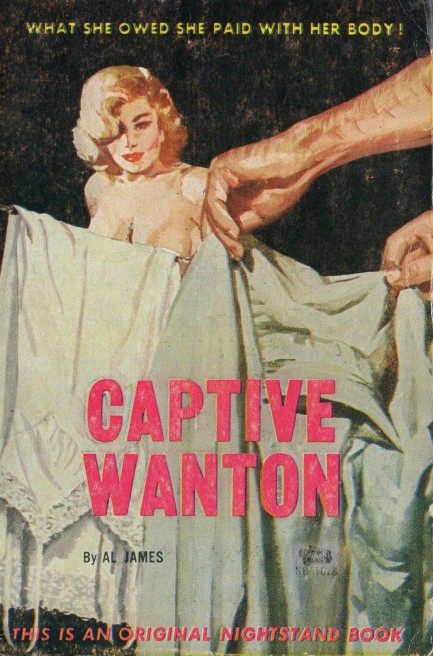
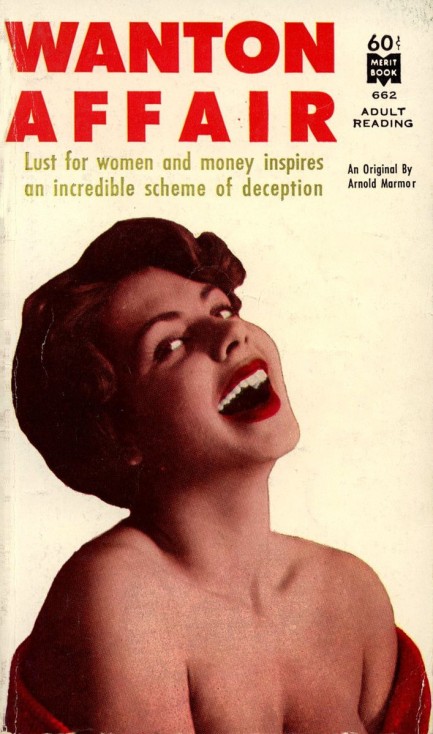
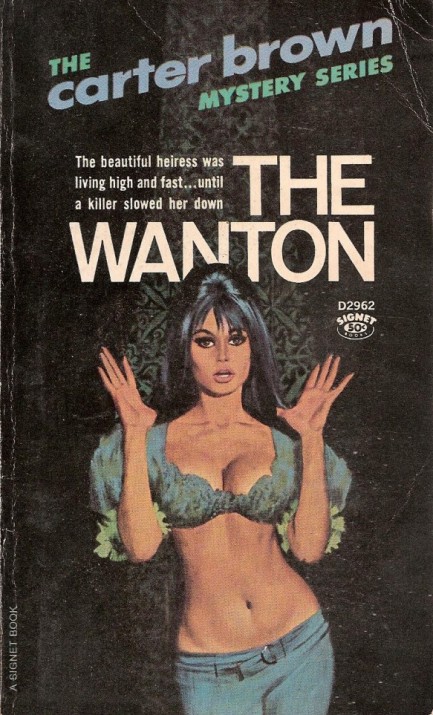
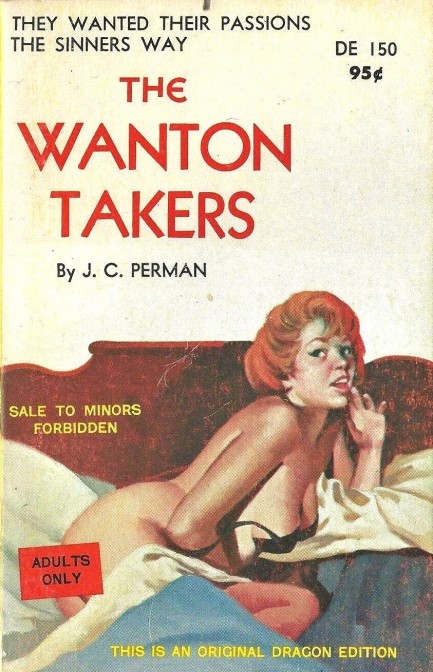
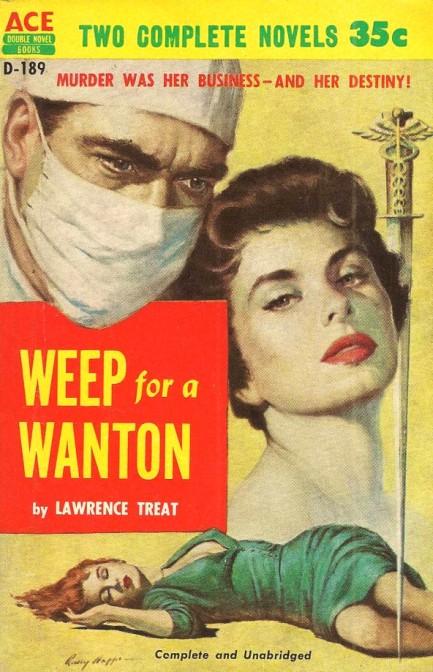

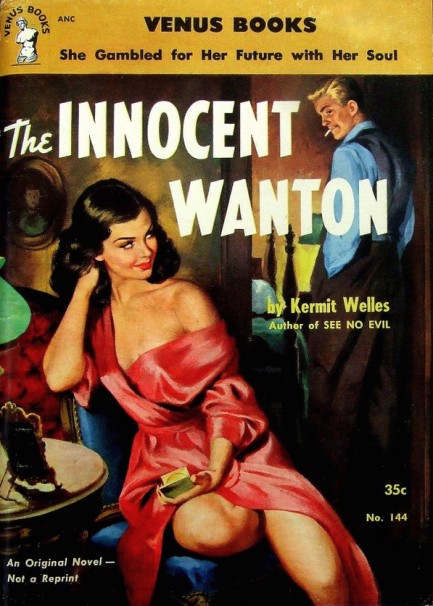
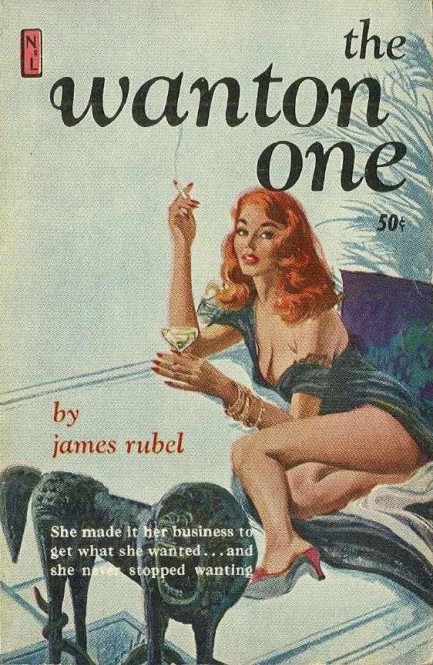
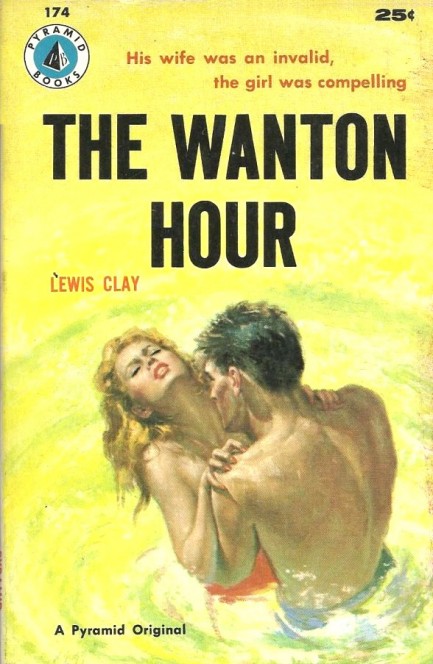
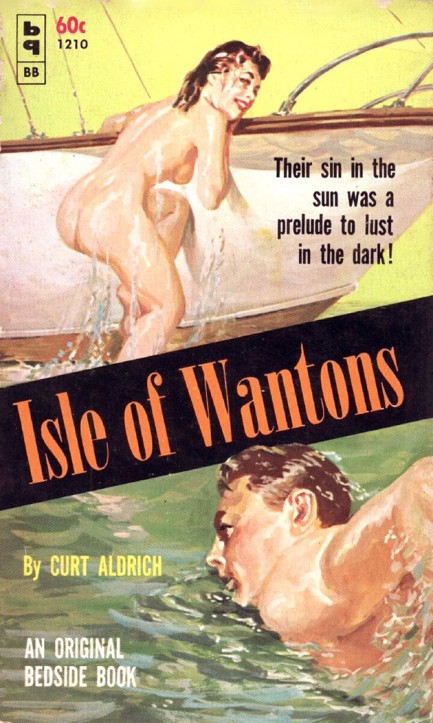
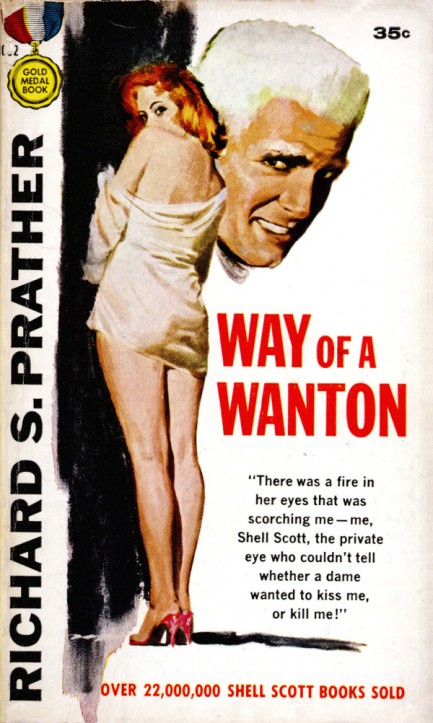
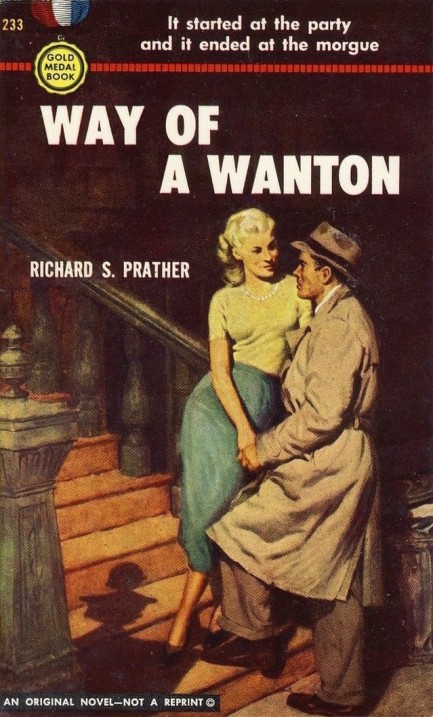

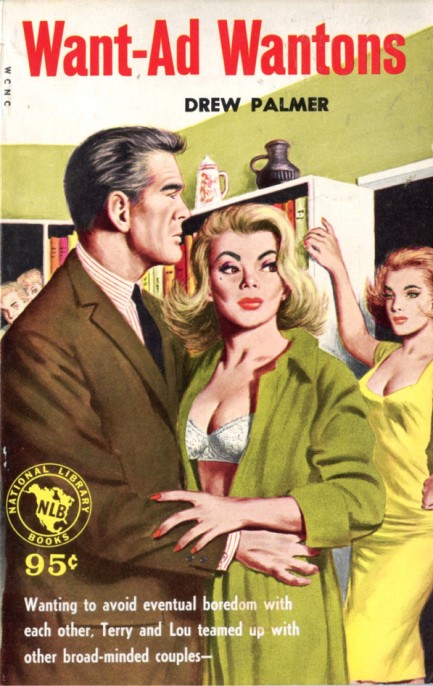
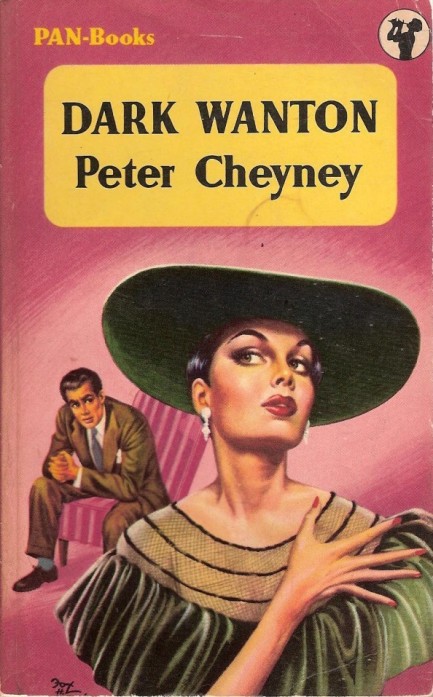

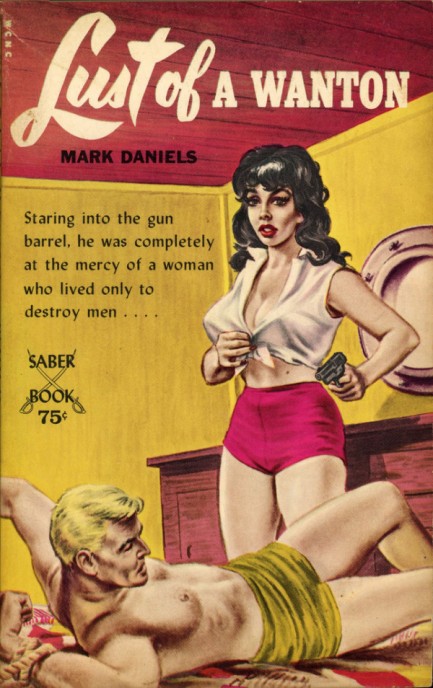
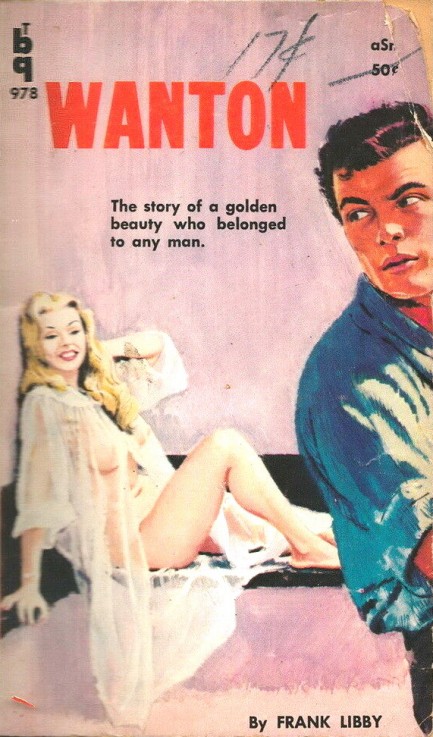
| Vintage Pulp | Feb 16 2018 |

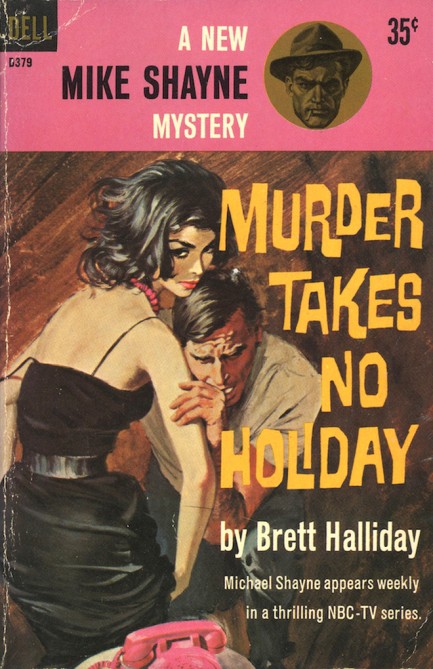
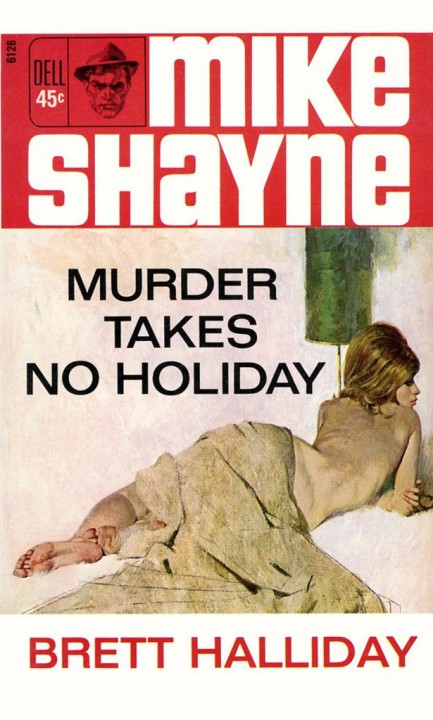
| Vintage Pulp | Dec 24 2017 |

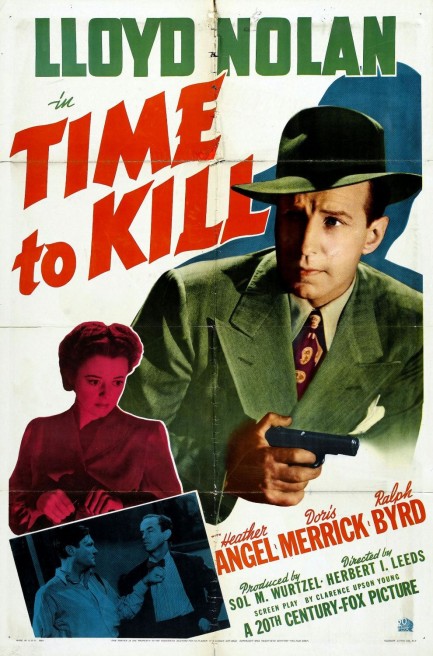
Fox had made the previous Shayne flicks in just two years, and they're light in tone, which is one reason we think websites that label The Time To Kill a film noir are stretching. The lead character is not a driven loner, the general sense of corruption is nowhere to be found, and most of the usual noir iconography, such as rain or water, neon, newspapers, sidewalks, etc., is absent. No flashbacks. No voiceover. Nothing. Co-star Doris Merrick is a femme fatale perhaps, but virtually any woman in a crime thriller can fit that cubbyhole. Then surprise—four fifths of the way through its running time the movie shifts gears—Shayne walks into a nighttime murder scene that's draped with shadows and ill portent, but even this is played for laughs when he pratfalls down a staircase. And the ultimate fate of the villain is basically a bad barroom joke.
Director Herbert Leeds had worked on a variety of low budget westerns, comedies, and serials, and was a technician, not a stylist. His spliced in noir sequence is a nice nod to an emerging trend, but we don't think it pushes what is mainly a goofball detective film into noir territory. In general, his were a safe pair of hands tasked with churning out movies at high speed. The Time To Kill is a typically perfunctory Leeds effort—one hour and one minute long, meant to be consumed like penny candy. So we don't think it's a film noir, but hey—we just run a silly website. What do we know? And does it even matter? The Time To Kill is a decent enough distraction, however you categorize it.
| Vintage Pulp | Feb 7 2015 |

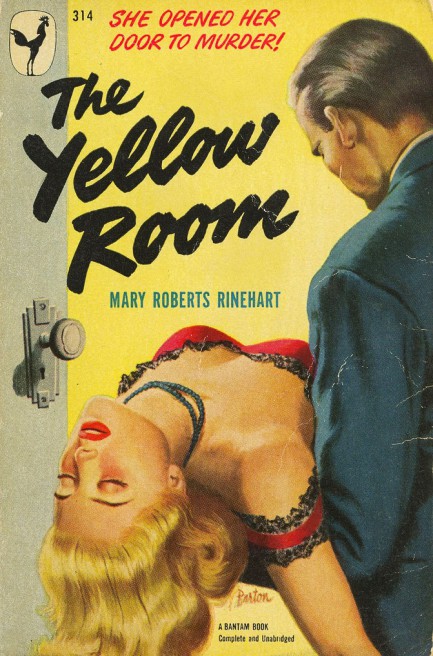
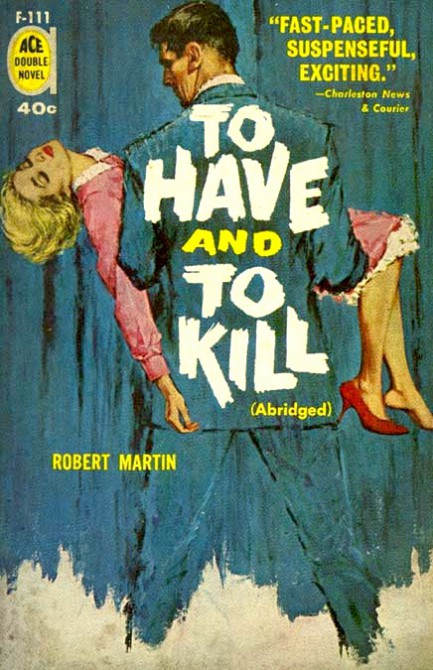

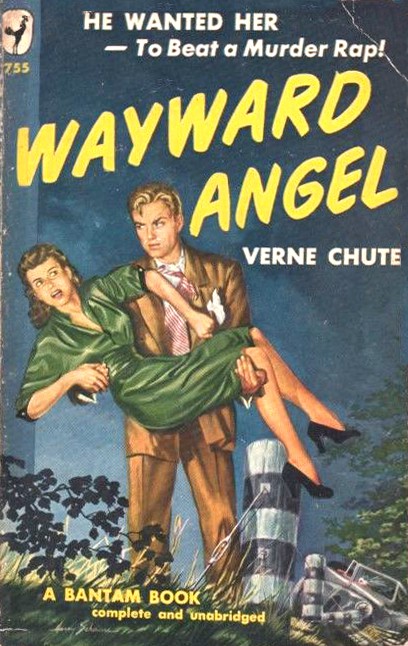
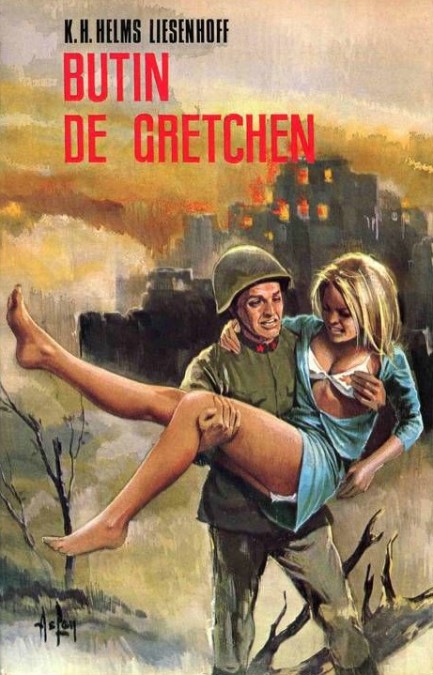
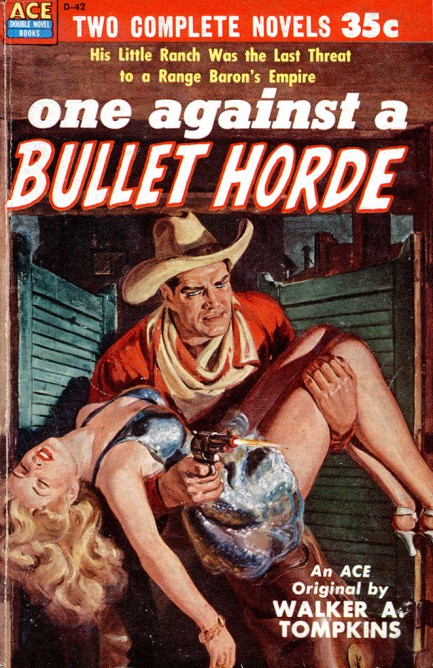
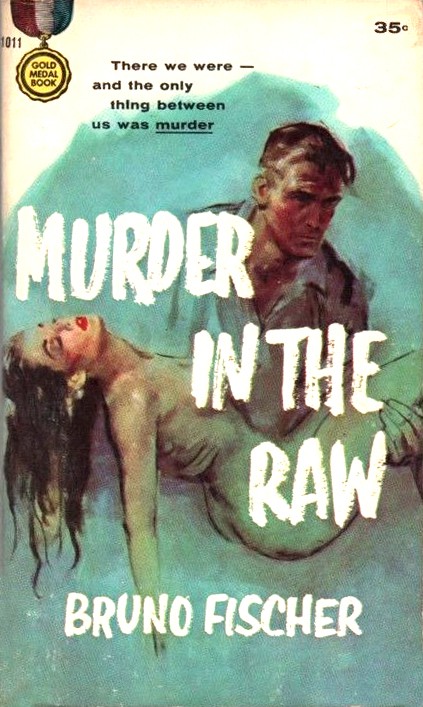
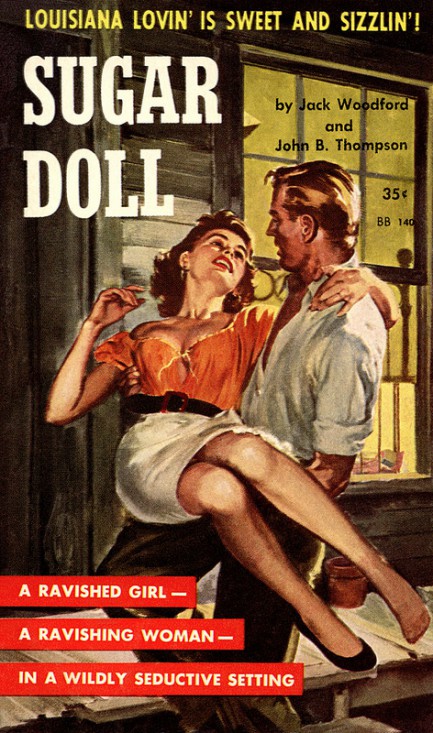
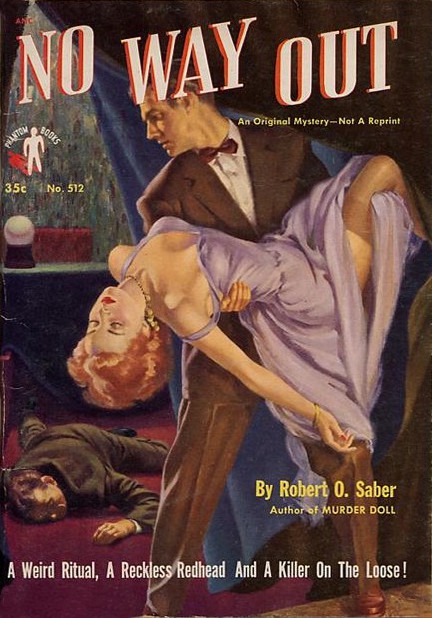
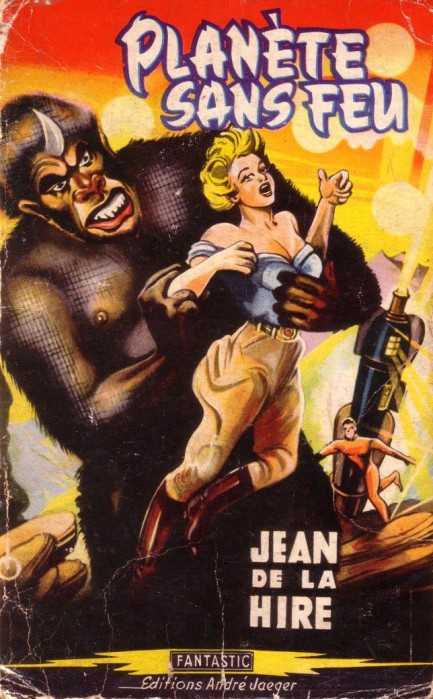

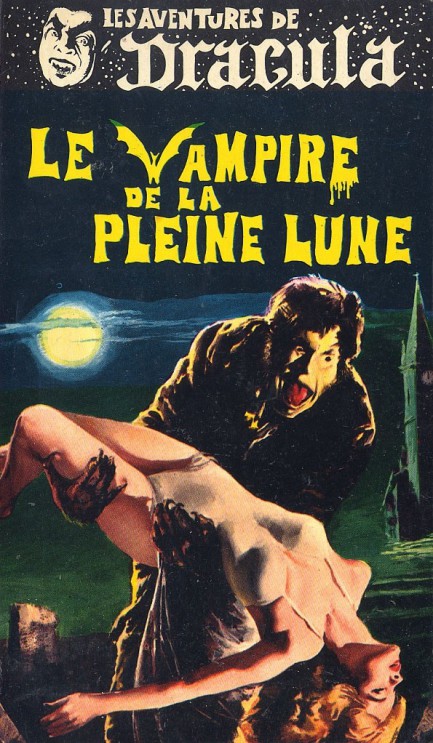
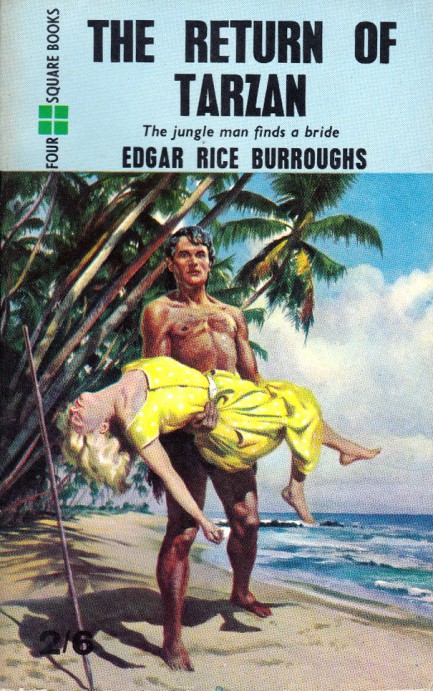
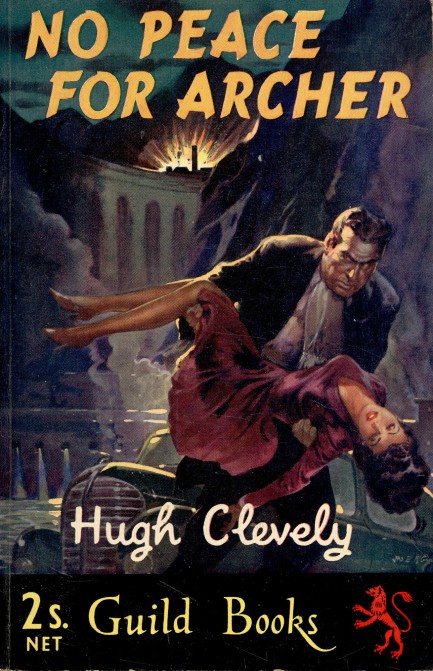
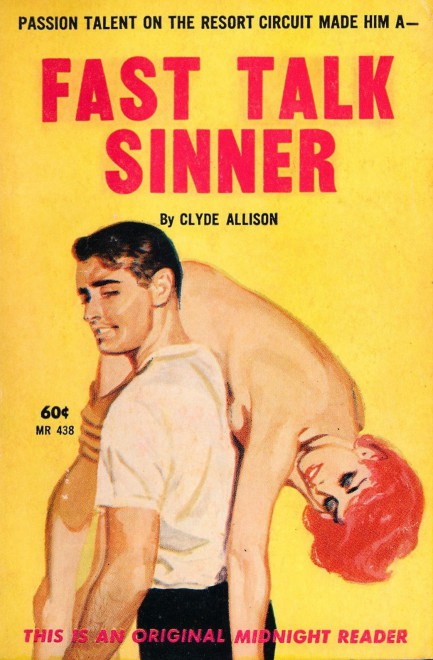
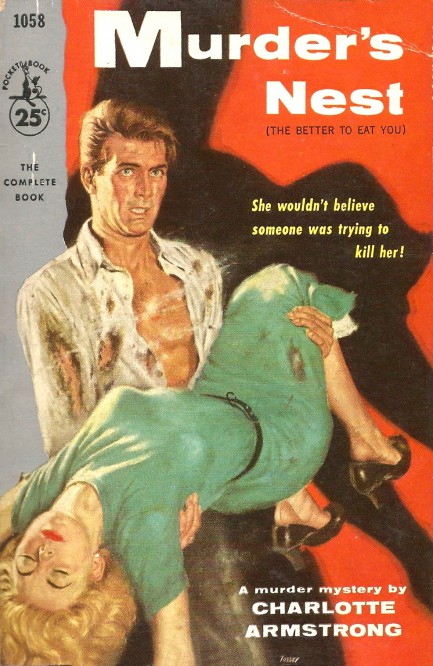
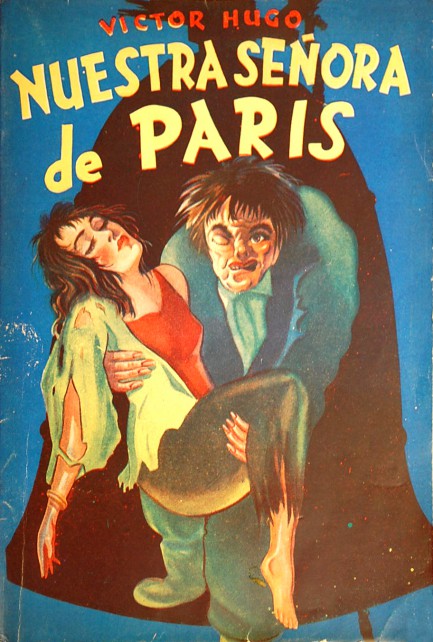
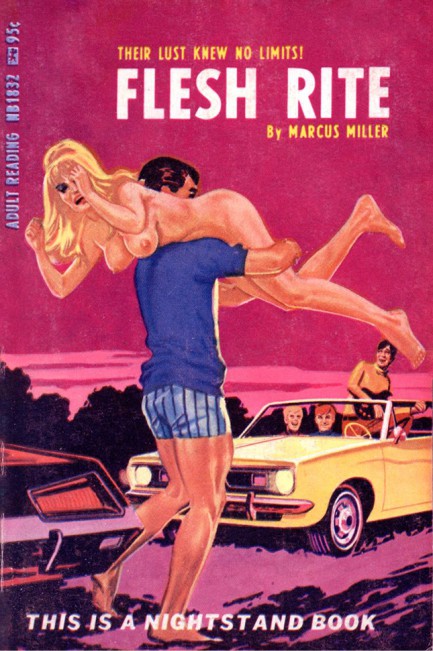
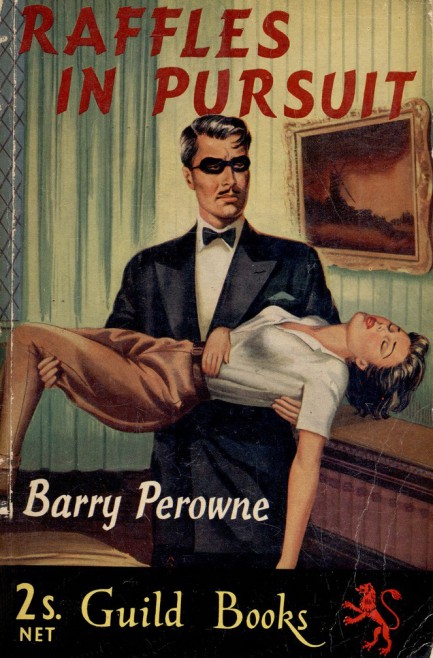
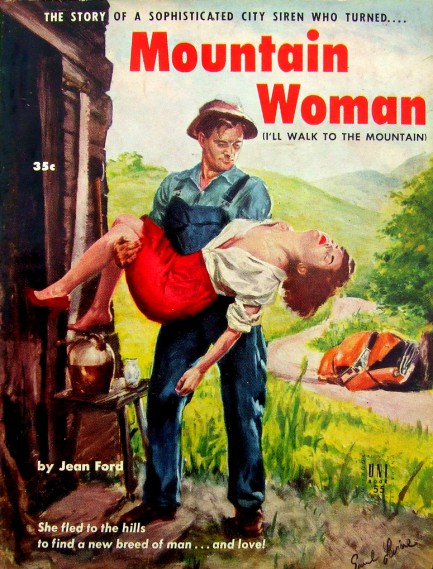
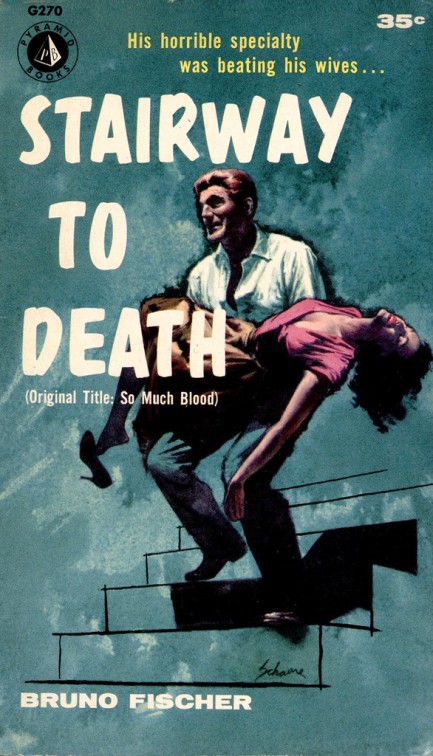
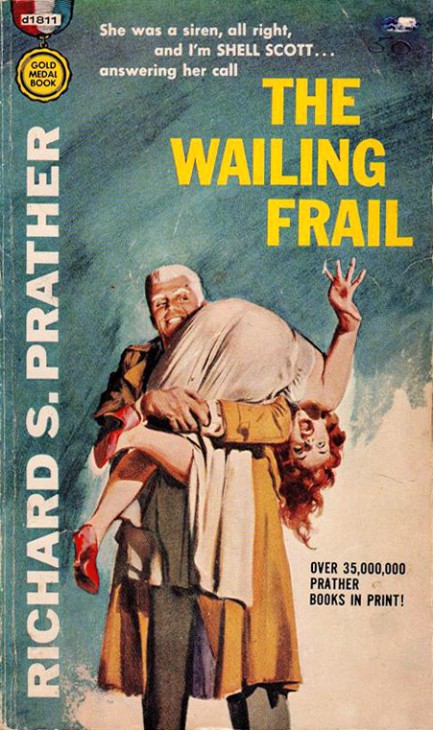
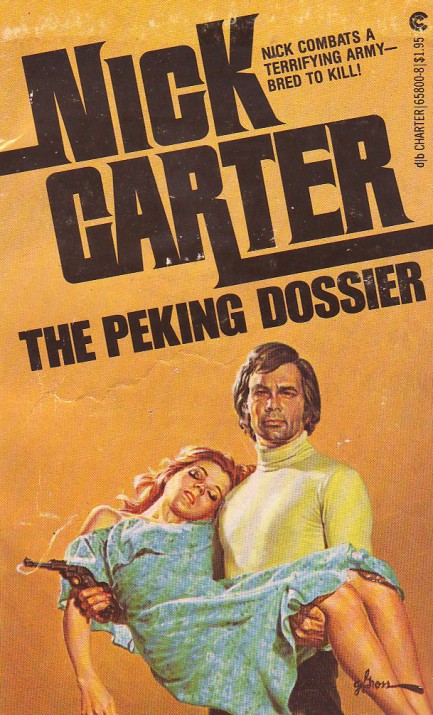
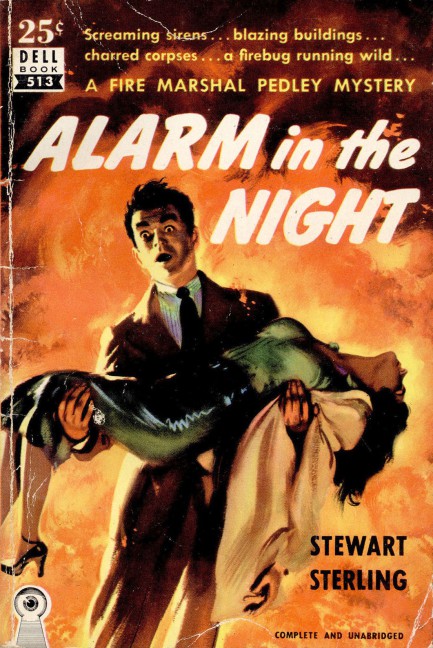
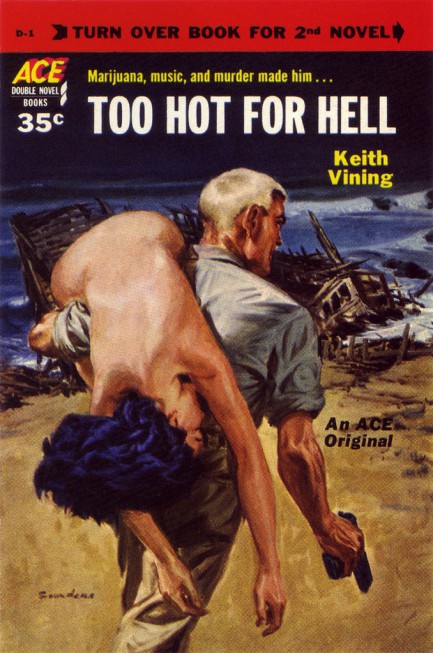
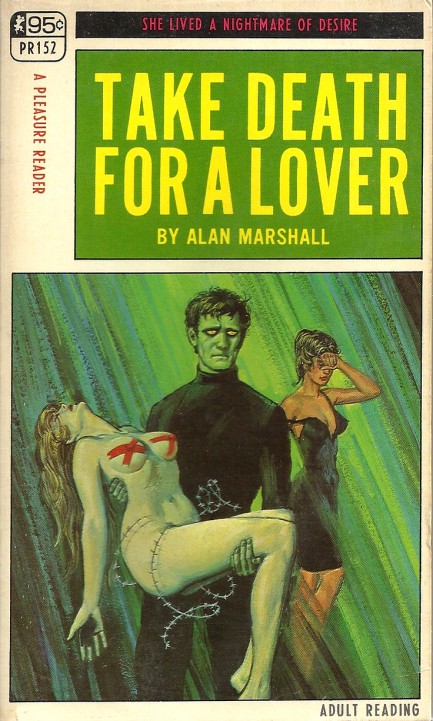
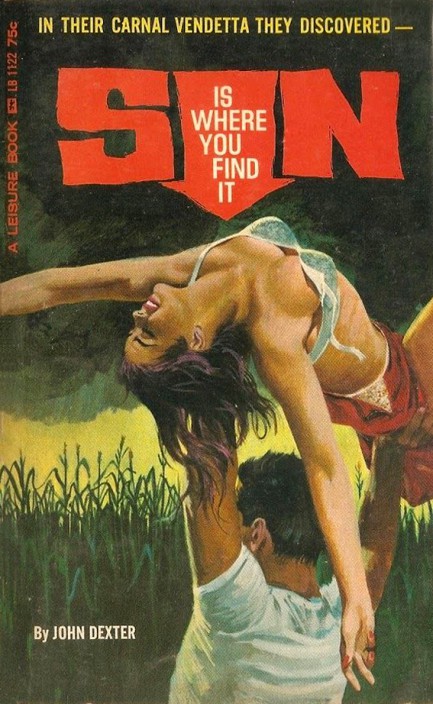
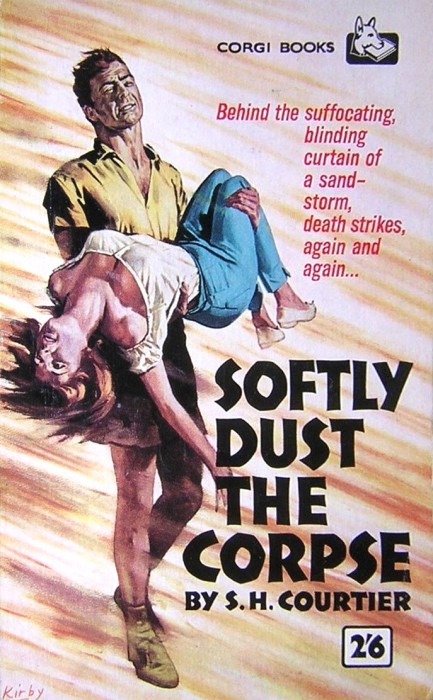
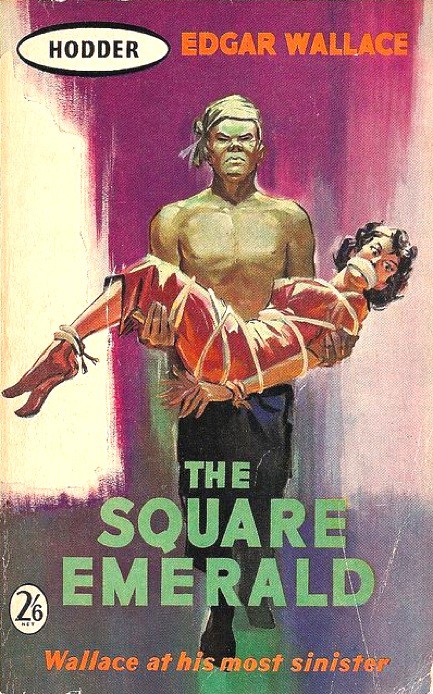
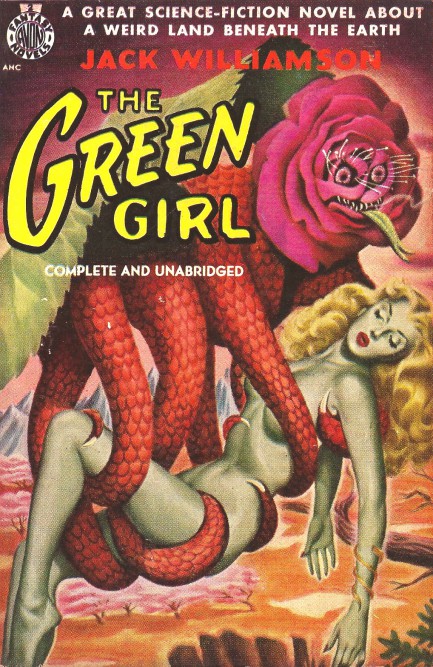
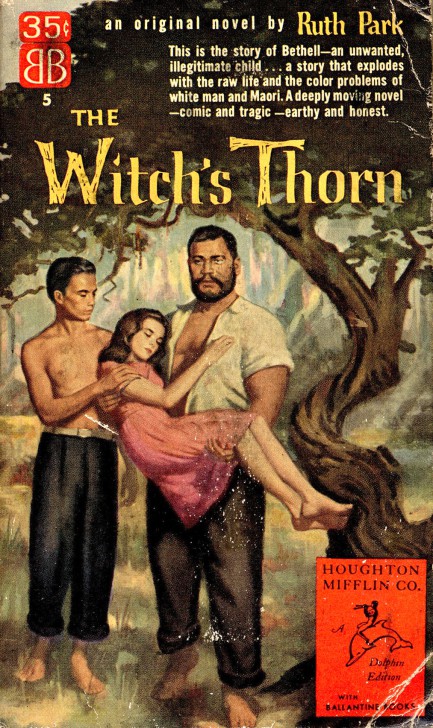
| Vintage Pulp | Dec 3 2014 |

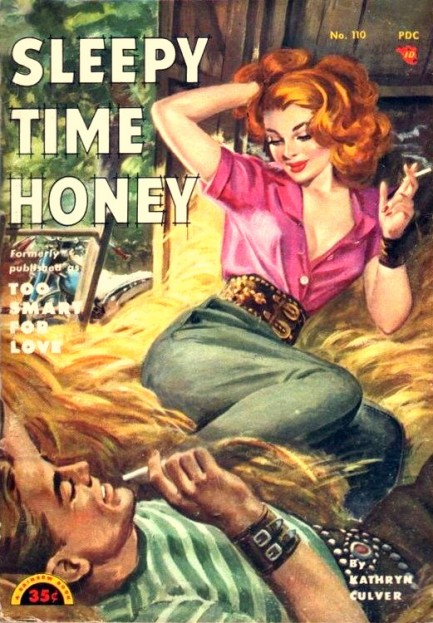
| Vintage Pulp | Jul 3 2014 |

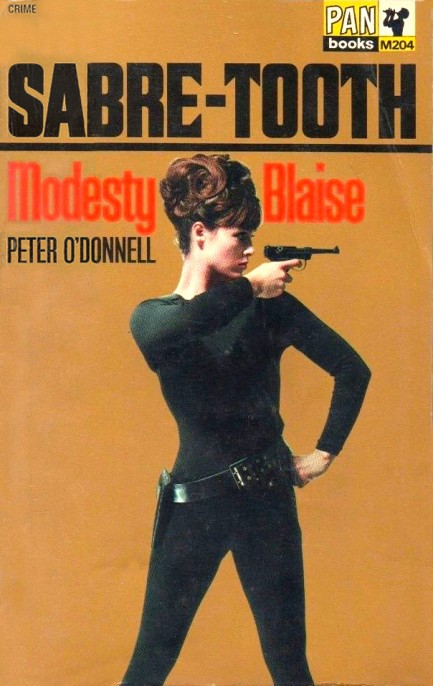
This cover of Peter O’Donnell’s Sabre Tooth, part of his popular Modesty Blaise series, shows Italian actress Monica Vitti as the title character, and it got us thinking about all the paperback covers that feature photos of women with guns. Of course, we realize that, as far as the gun-crazed U.S. is concerned, thinking of armed people as enticing or artistic may seem a little tone deaf, but we're talking about book covers, that's all. So we decided to put together a collection. We should mention that the Blaise series is worth reading if you’re looking for something along the lines of light thrills. It’s breezy and sexy as only 1960s spy literature can be, and Blaise herself is an interesting character, born in Greece, raised by a Hungarian scholar, trained in martial arts, and proficient in piracy, theft, and all around sneakiness. In Sabre Tooth she finds herself trying to thwart an invasion of Kuwait by an Afghan warlord. Below we have a dozen more photo covers featuring heat-packing women. As always with these collections, thanks to the original uploaders, most from Flickr, but particularly Muller-Fokker and Existential Ennui.

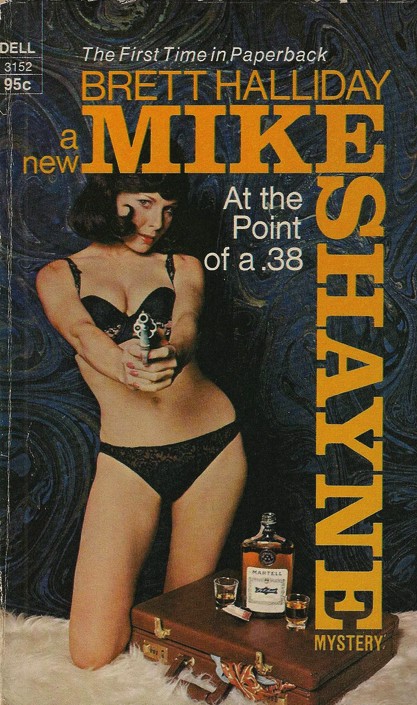

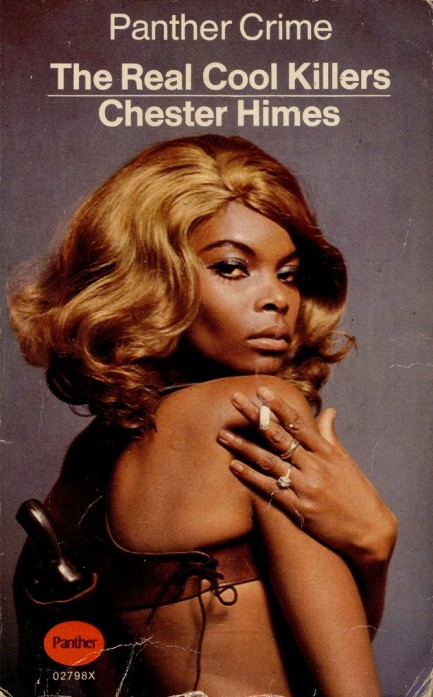
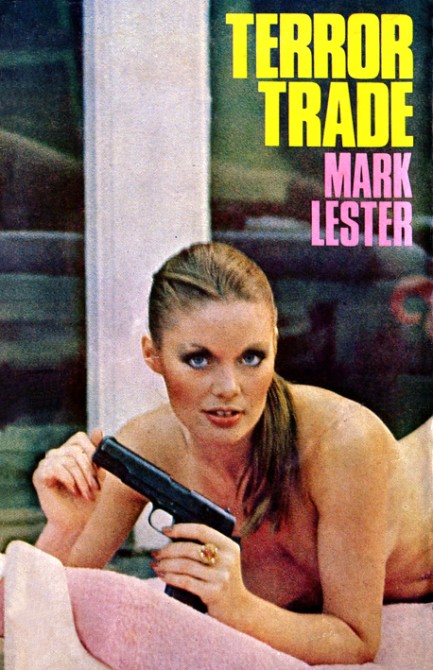
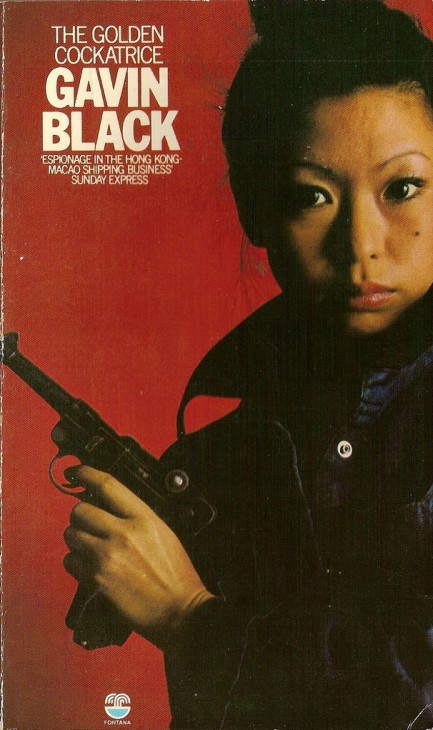

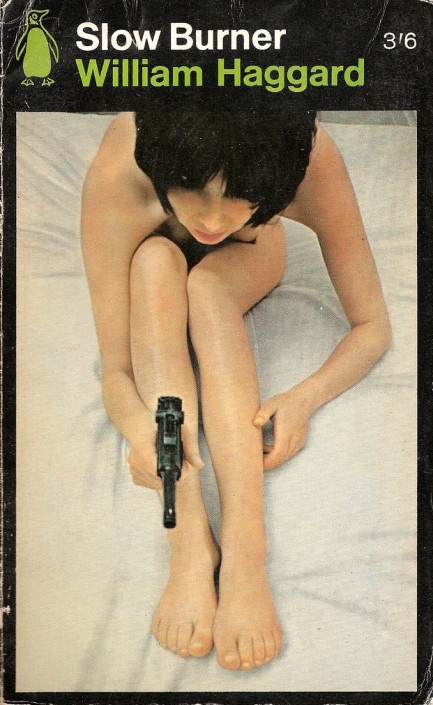
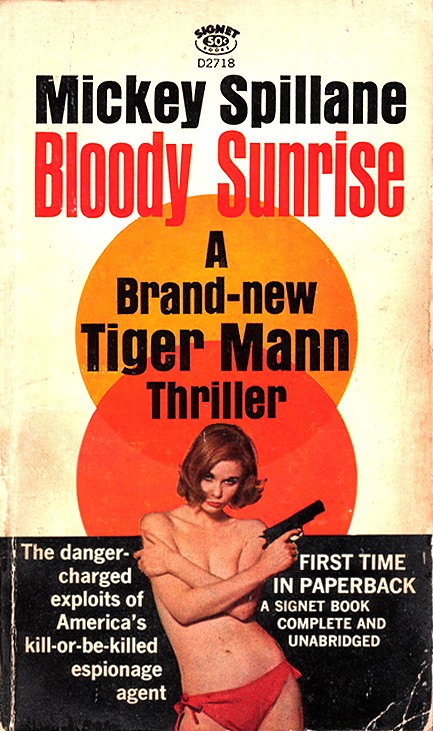
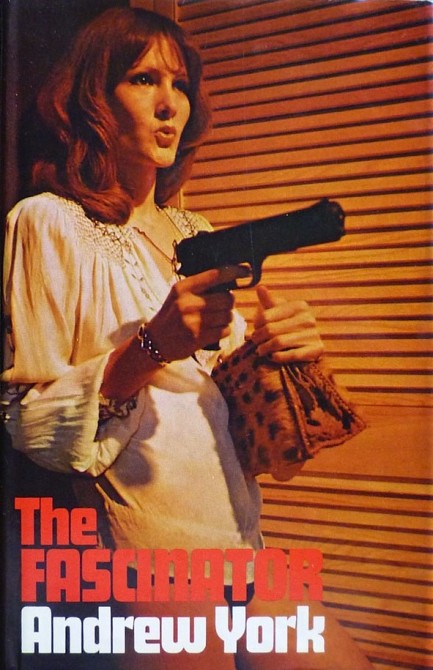
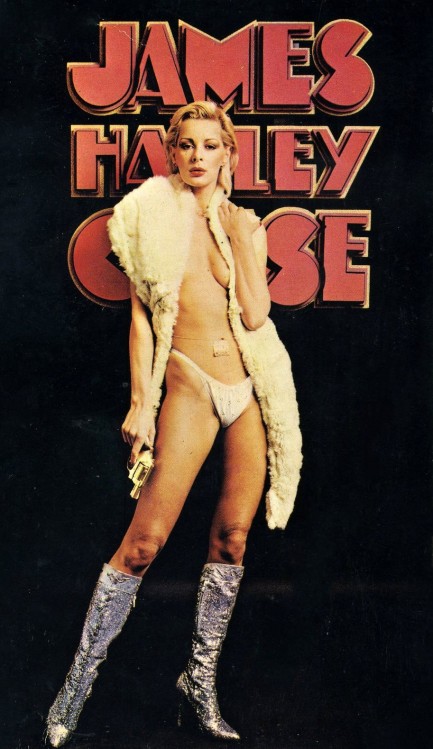
| Vintage Pulp | Feb 2 2014 |

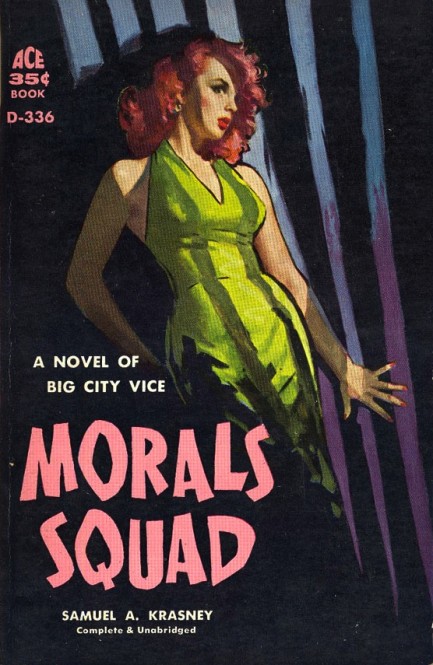
We’ve explored several cover motifs in pulp art, and another we’ve grown to appreciate is the use of venetian blind shadows or silhouettes. Always a dramatic addition to a cover, we could probably compile fifty of these, at least, but here are twenty examples. The artists—Emilio Freix, Robert Maguire, James Hodges, and others—use them to greater and lesser degrees, and opt for both literal and stylized renderings. For instance, the above cover from Maguire shows vertical shadows, but the sense of venetian blinds remains. As always, thanks to all the original uploaders.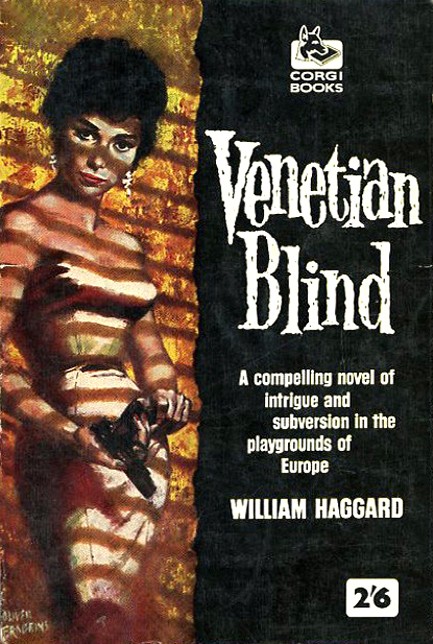
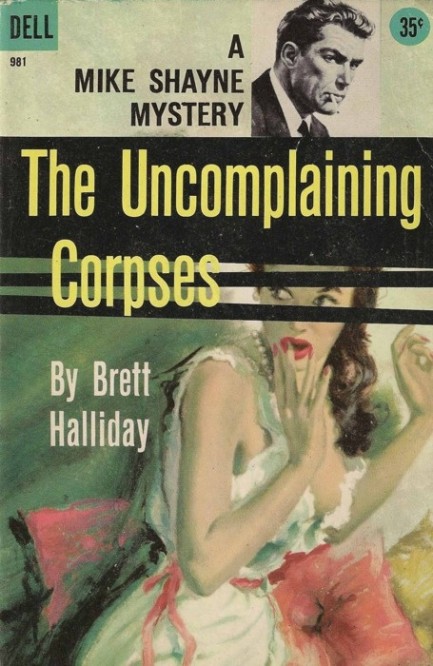
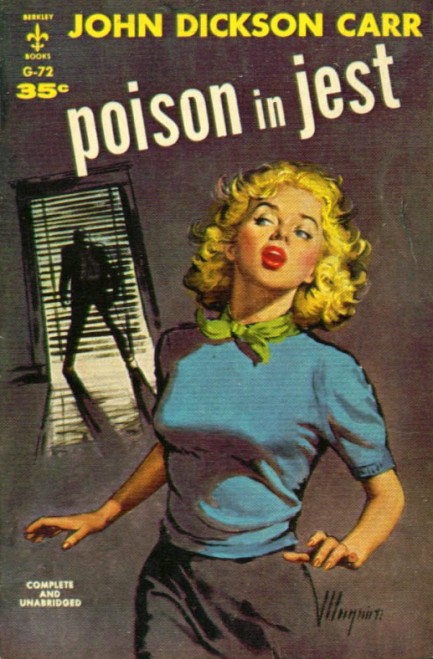
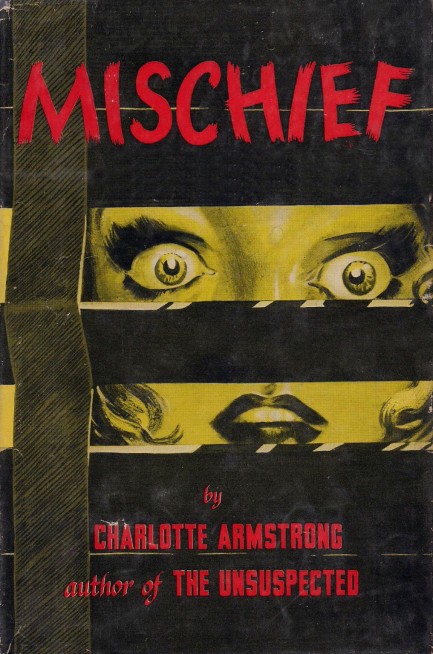
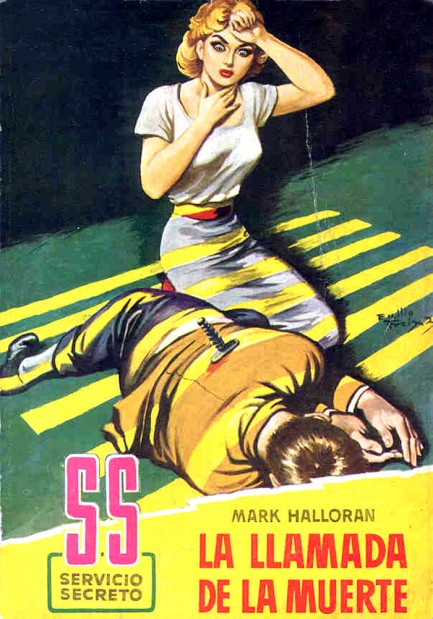
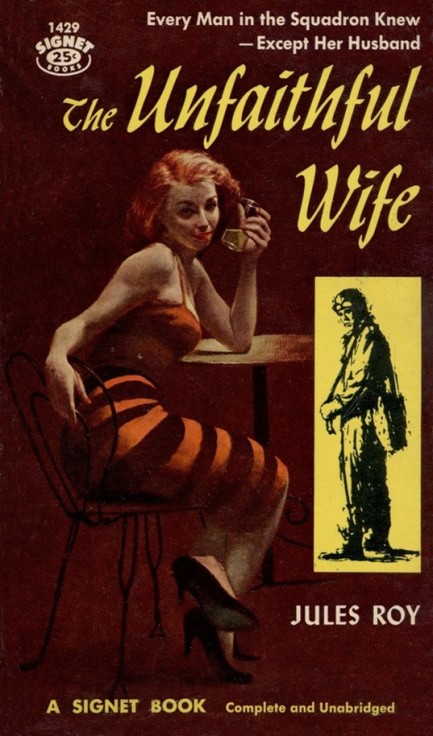
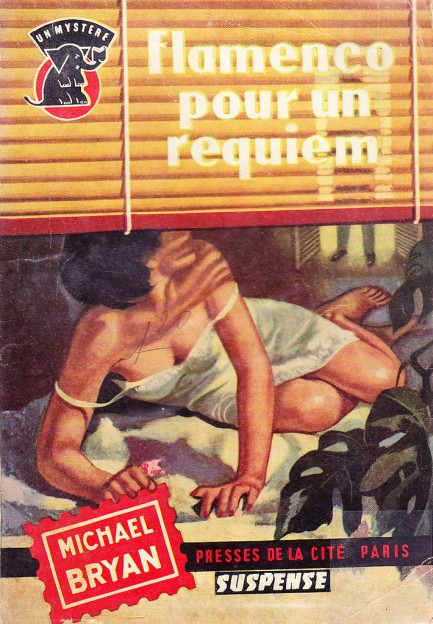
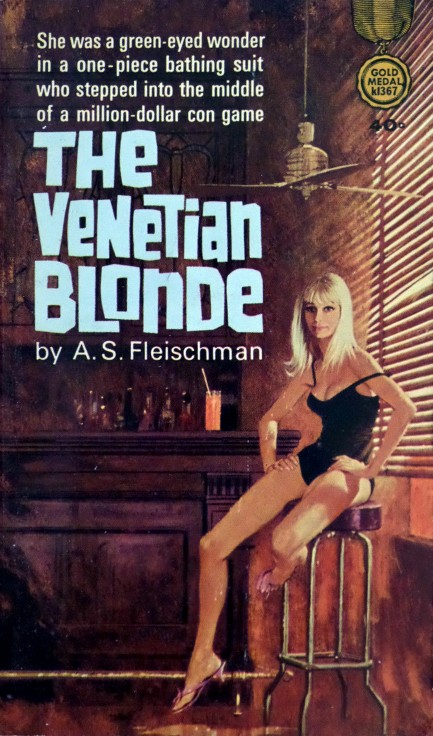
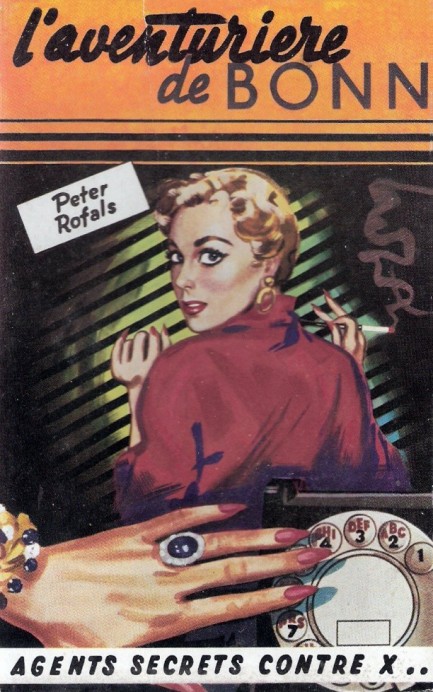
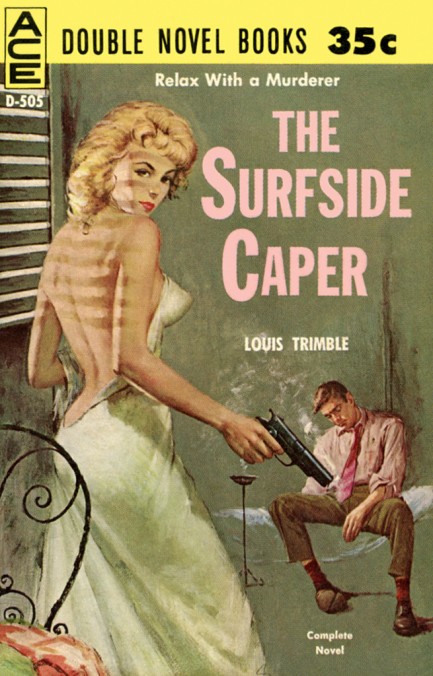
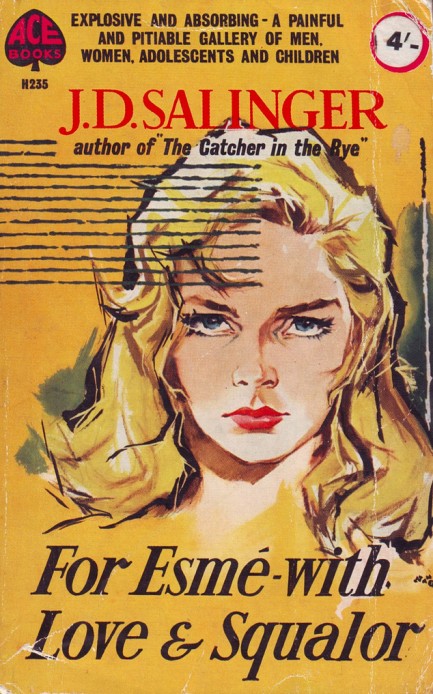
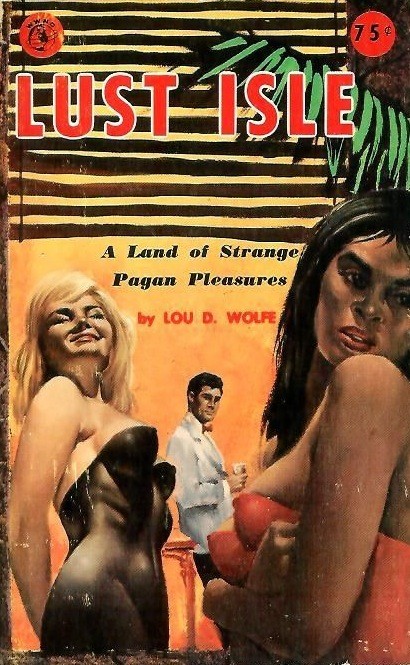
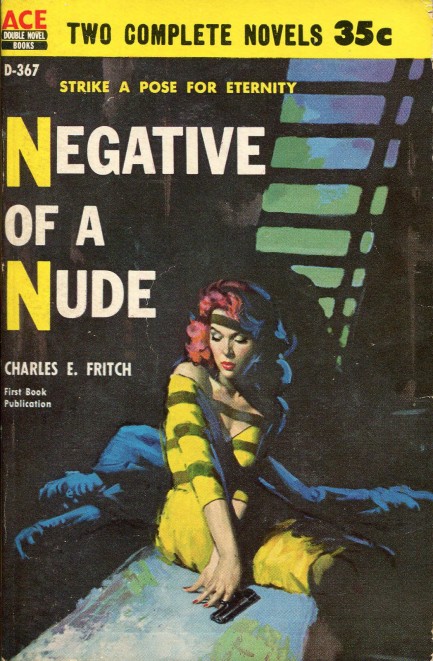
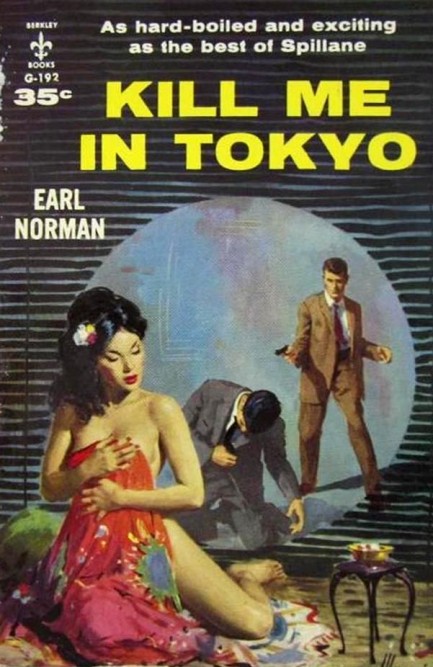
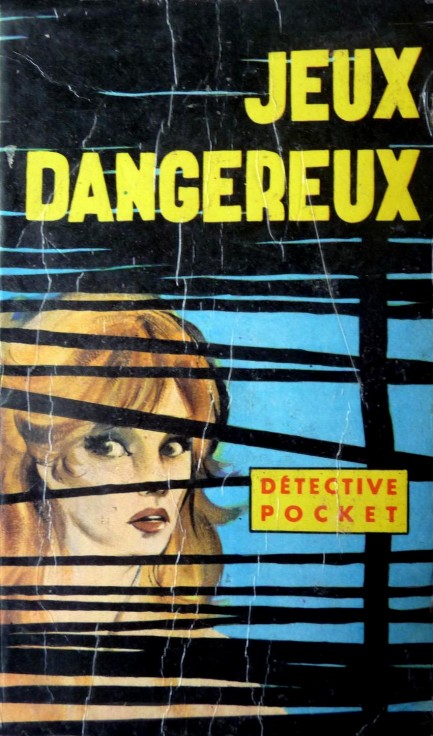

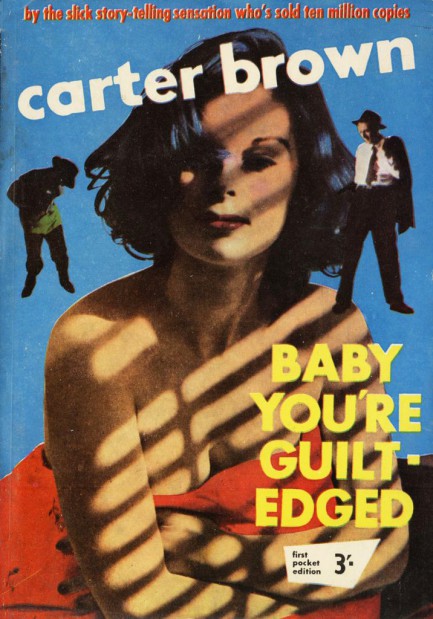
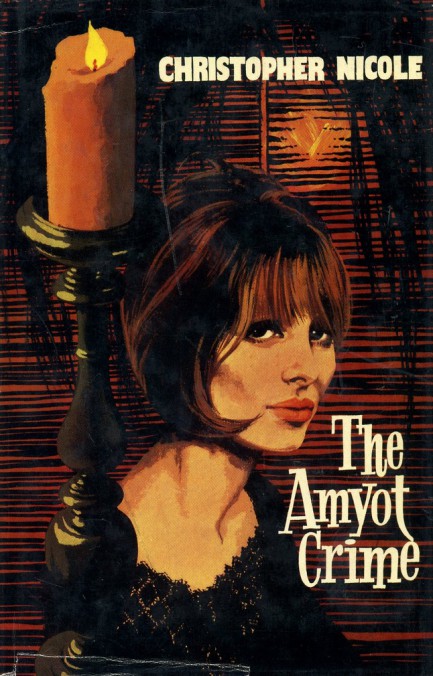
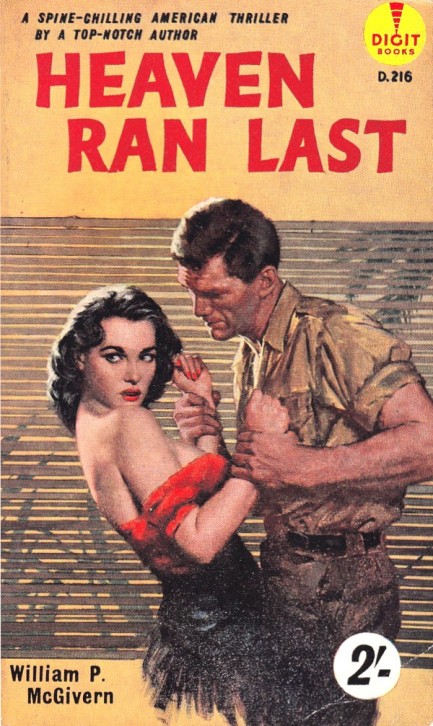
| Vintage Pulp | Nov 19 2013 |

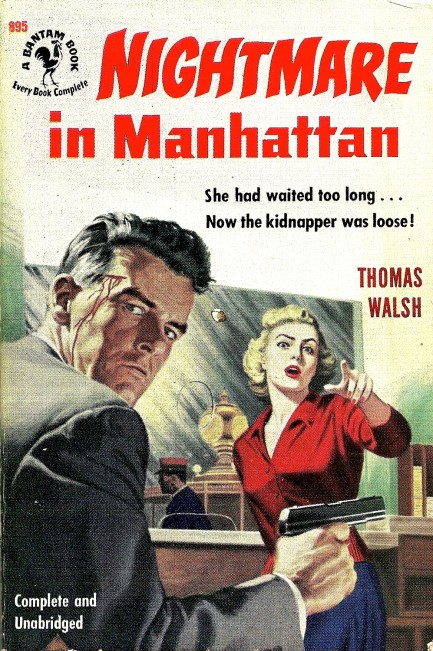
There’s a saying that the world is a book and those who don’t travel read only one page. But on the other hand, if you stay home the danger and mayhem at least happen in your own language. Which is the better course? Pulp authors seem to think it’s the latter. Above and below are twenty-one vintage bookcovers for fiction set in various cities around the globe. The writing spans genres such as romance, sleaze, horror, and espionage, and the art is by Mitchell Hooks, Barye Phillips, Robert McGinnis, et. al. Thanks to all the original uploaders.